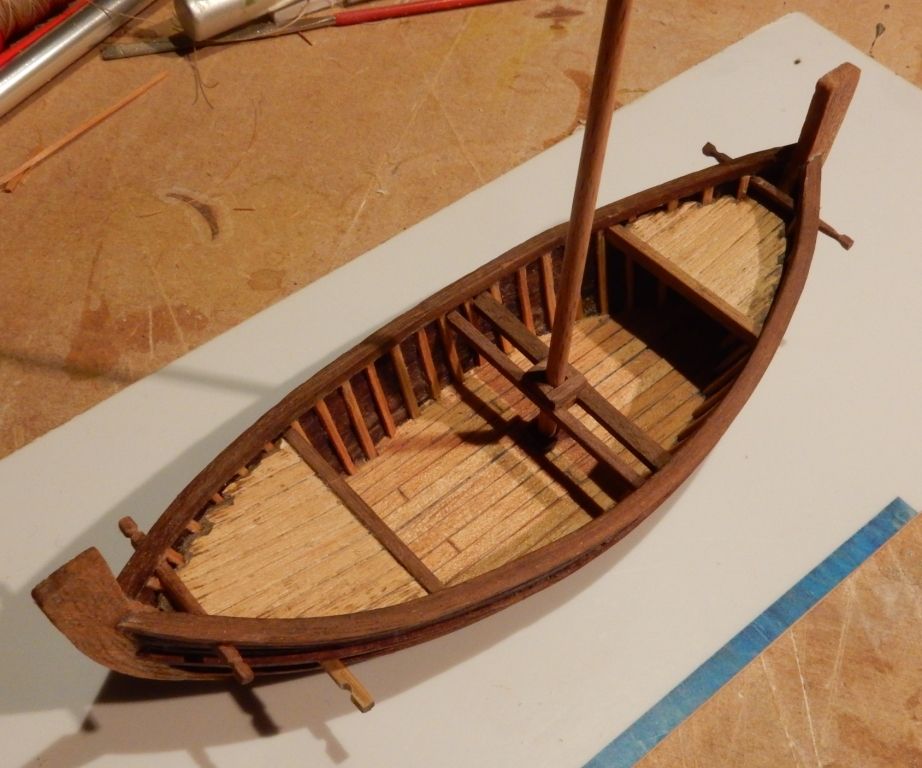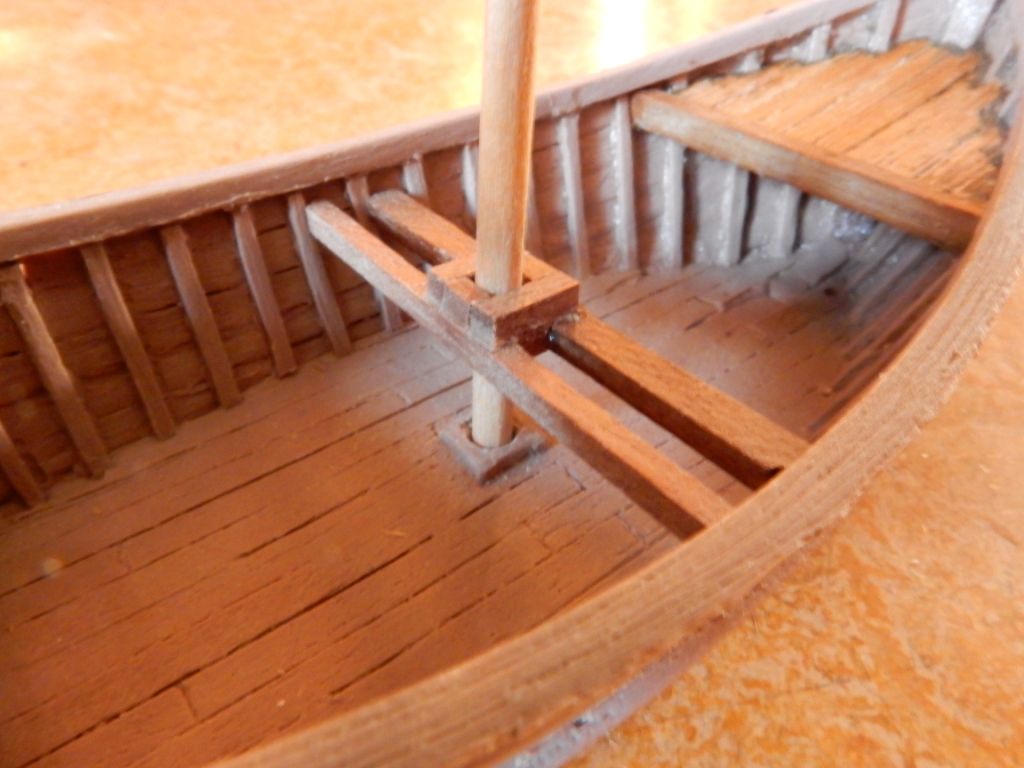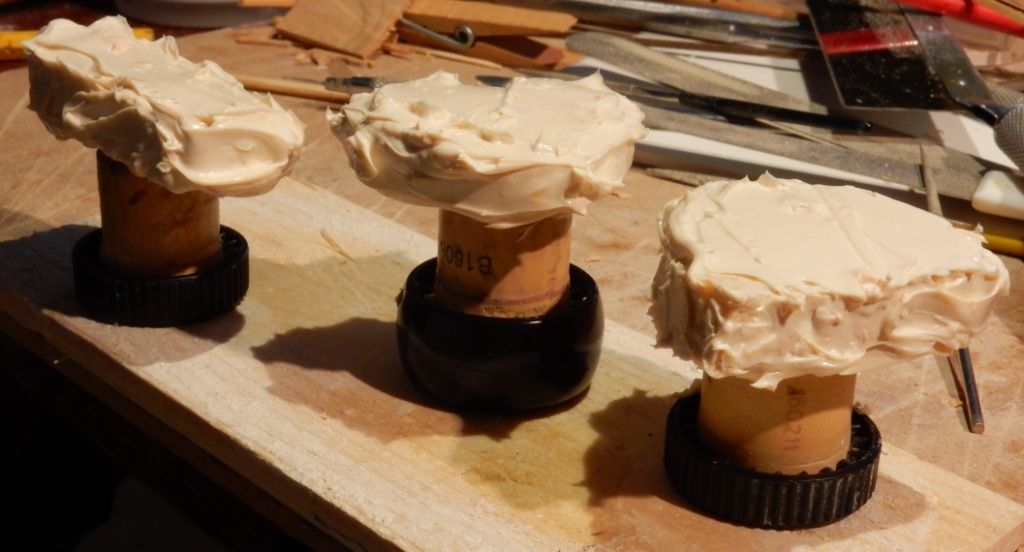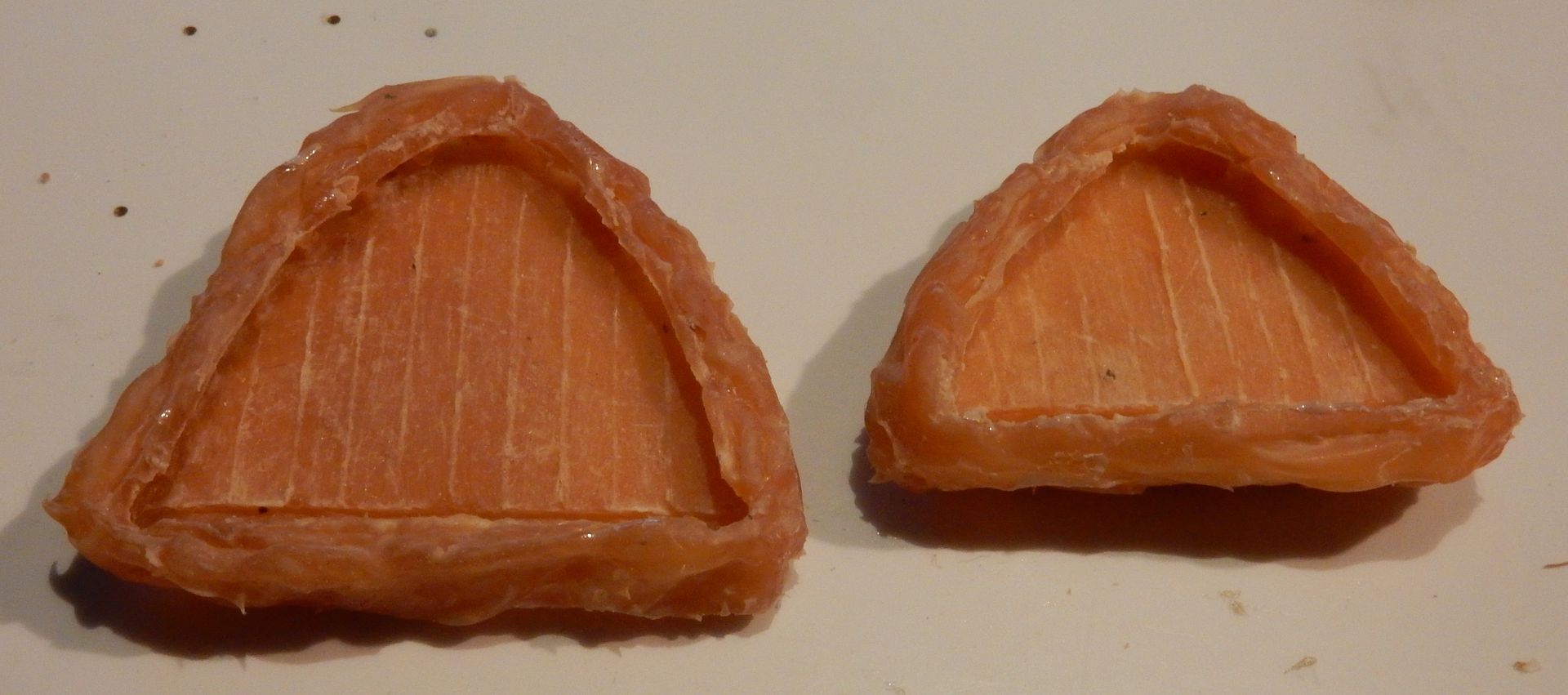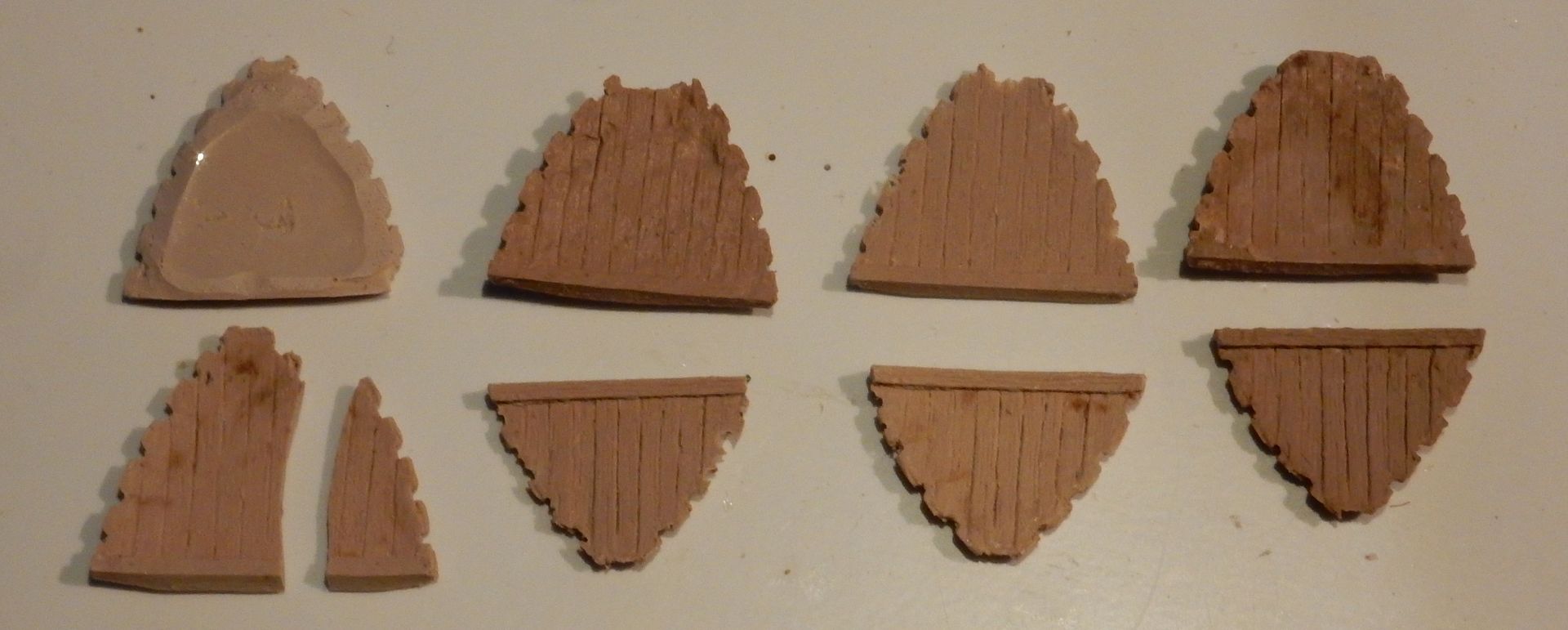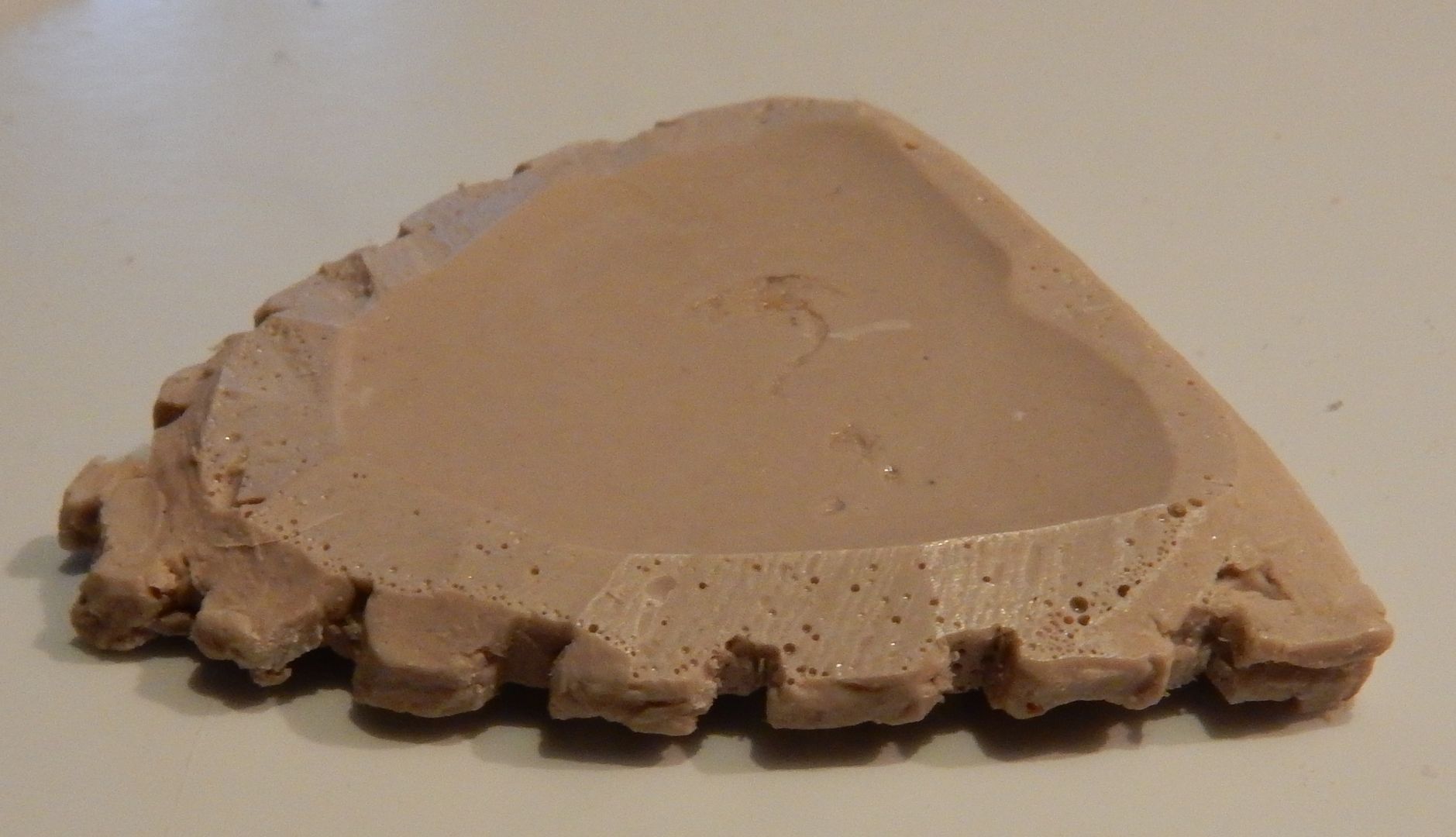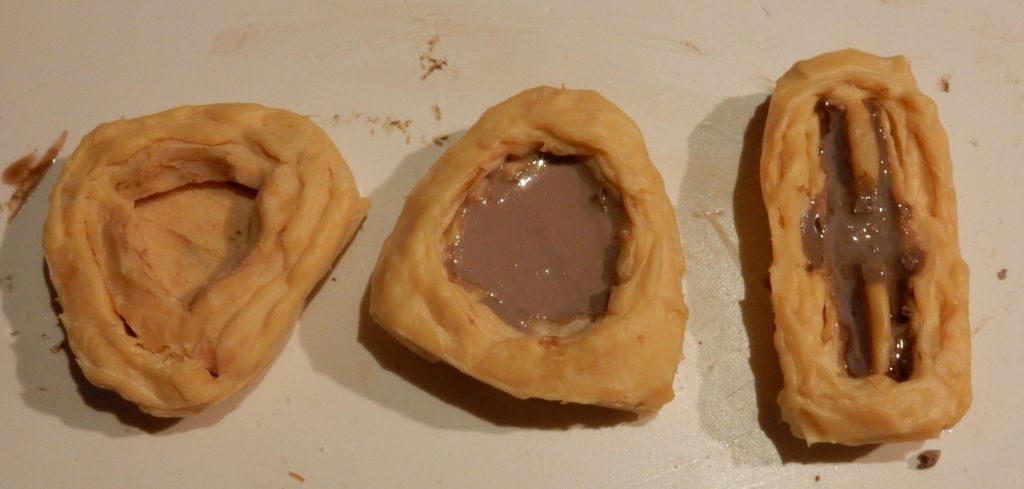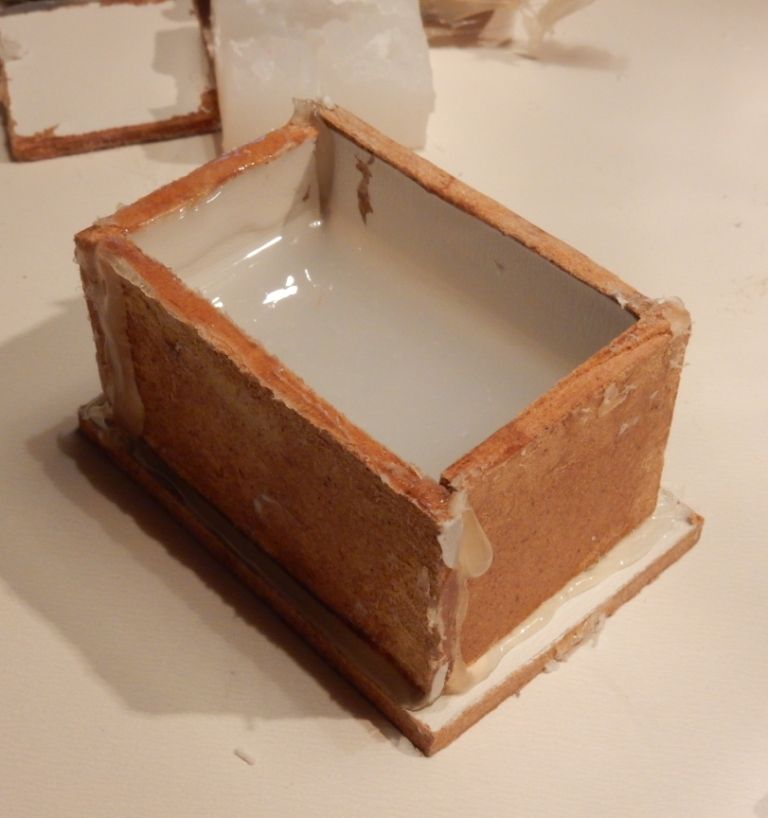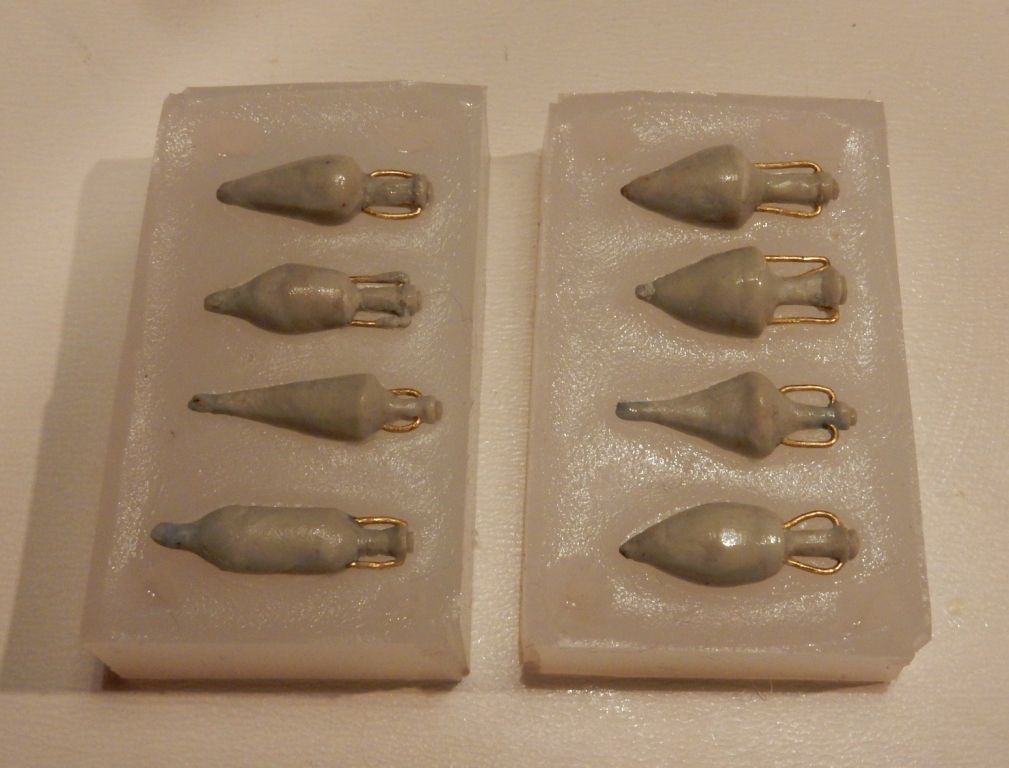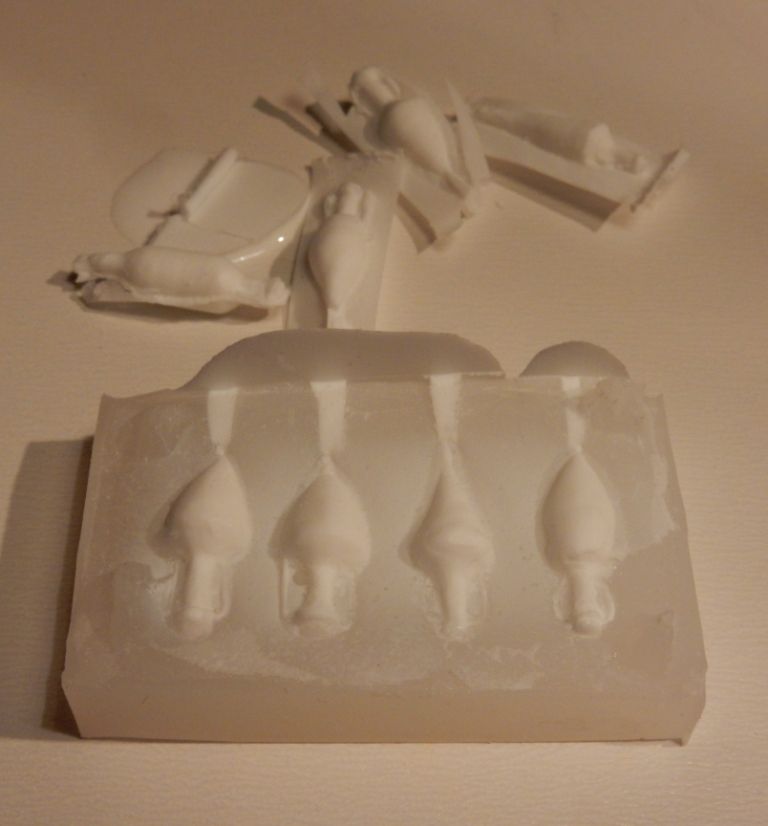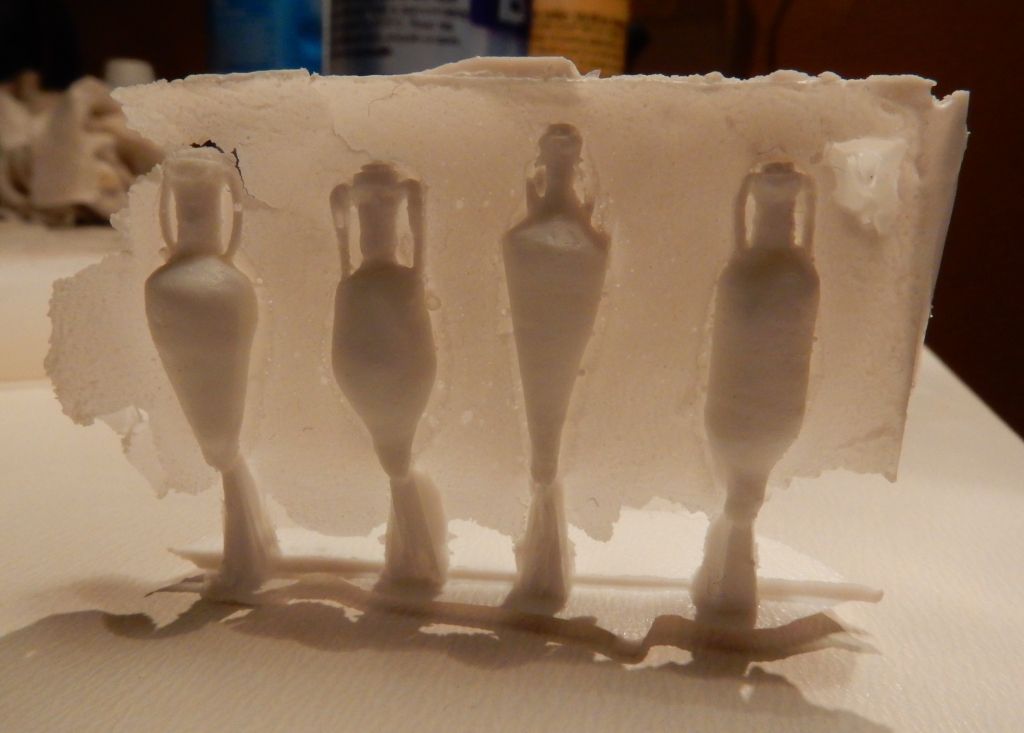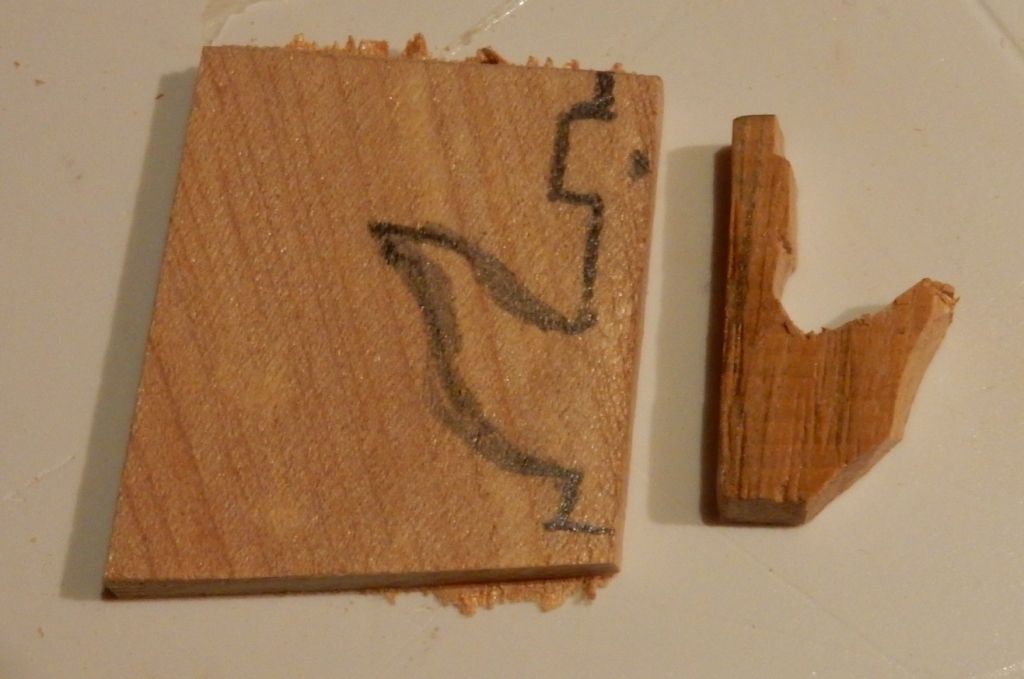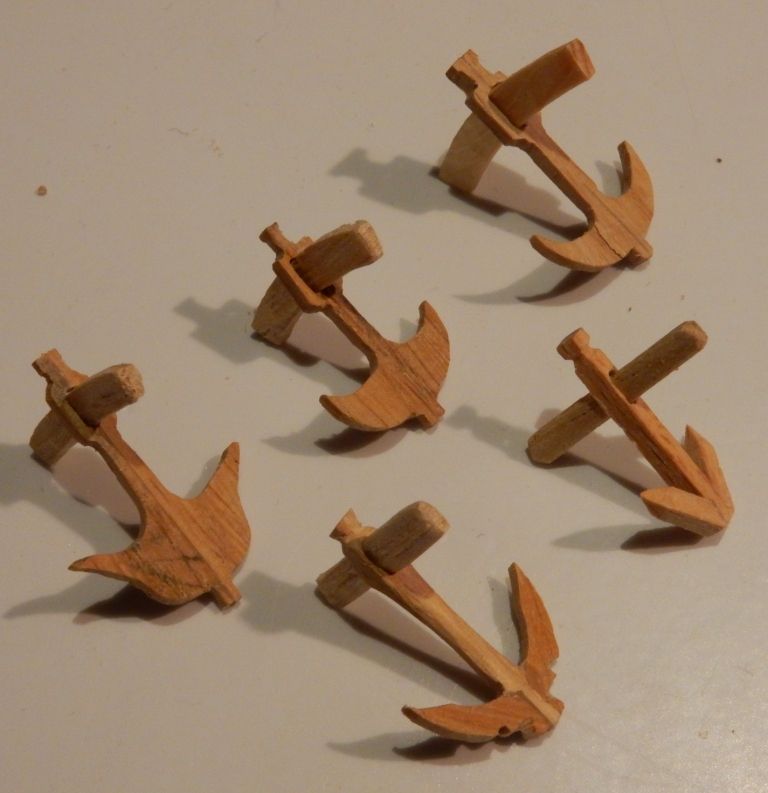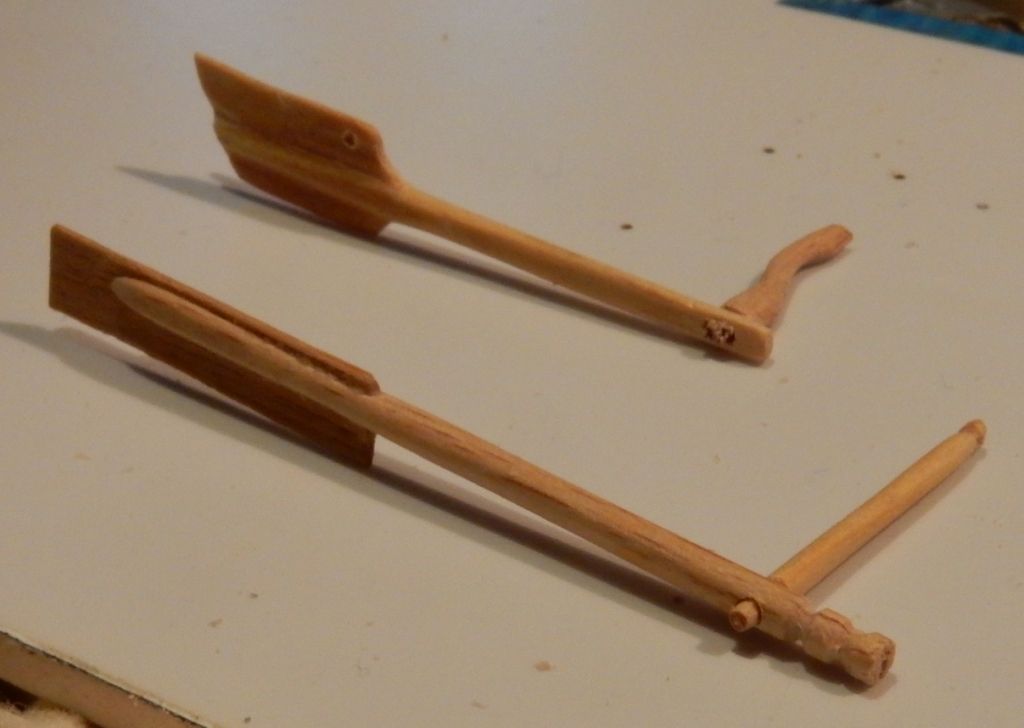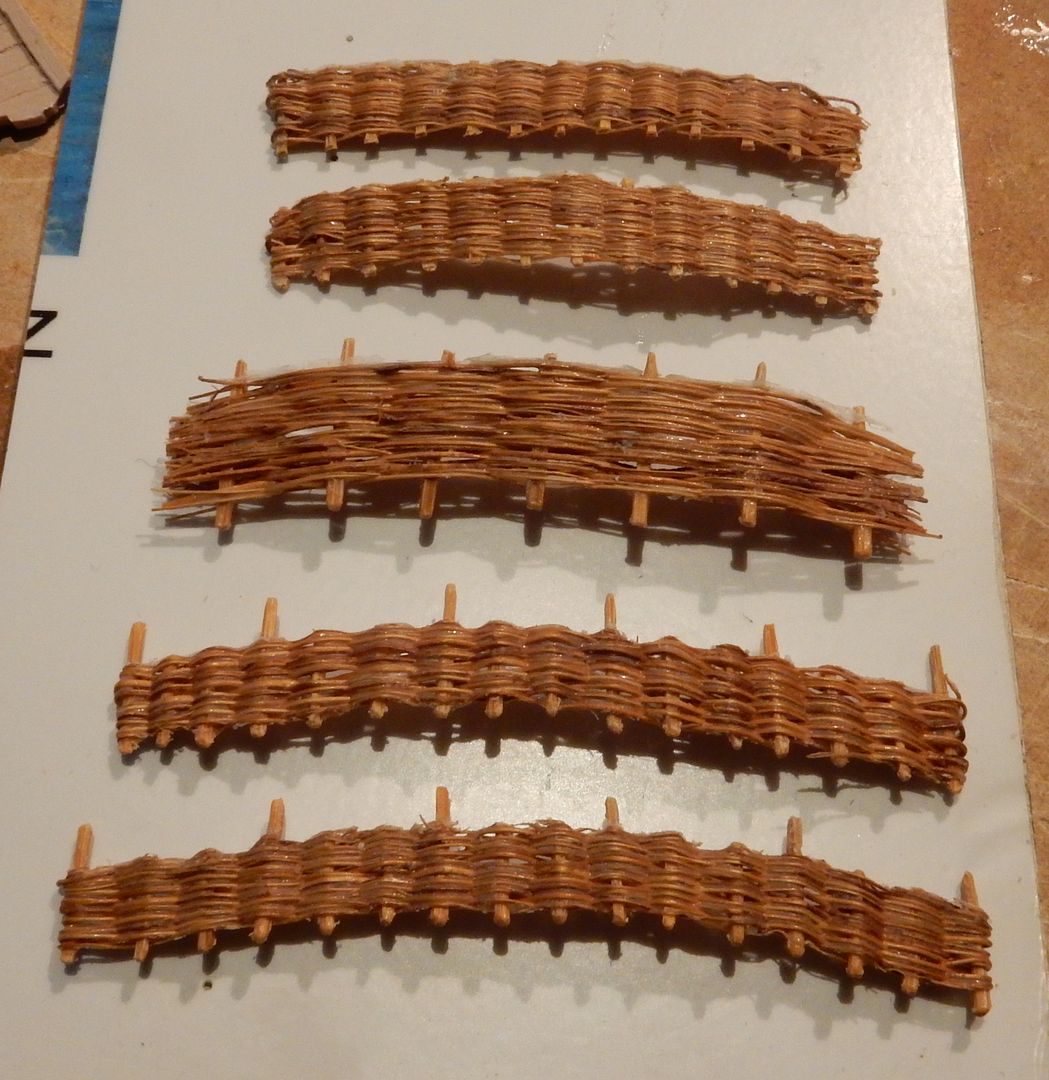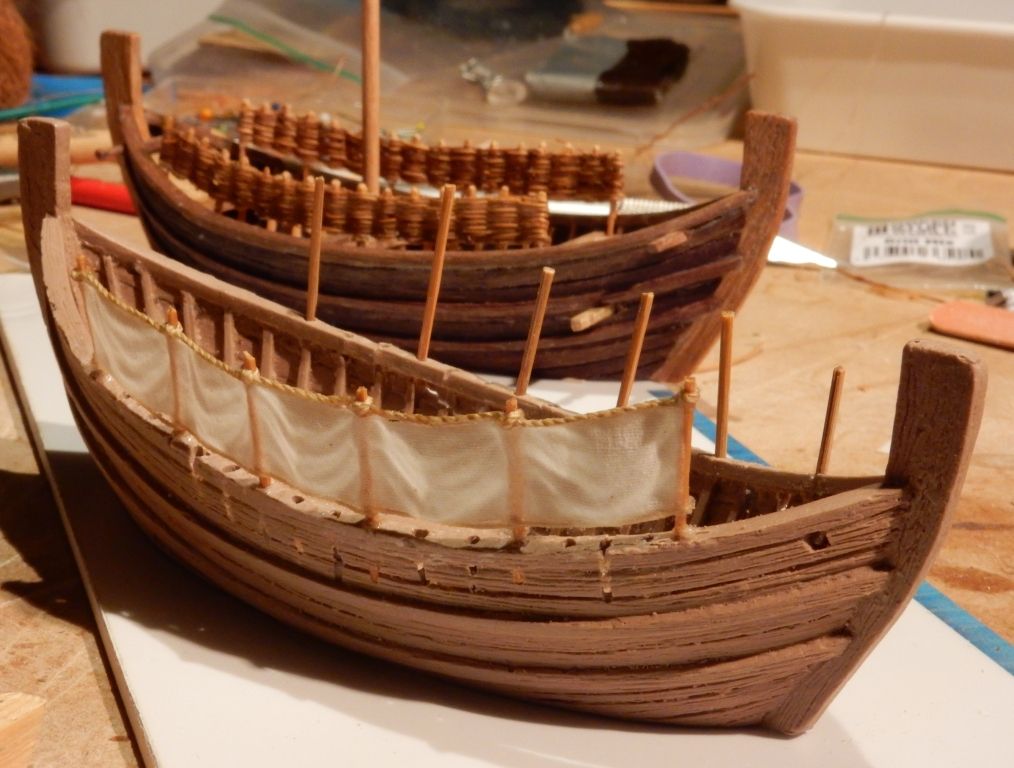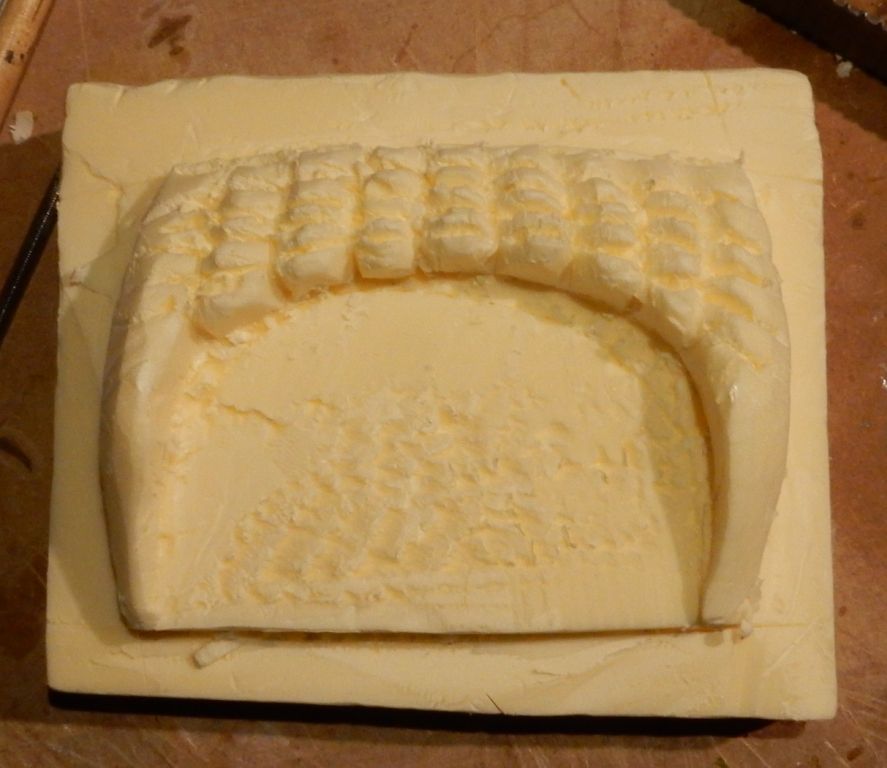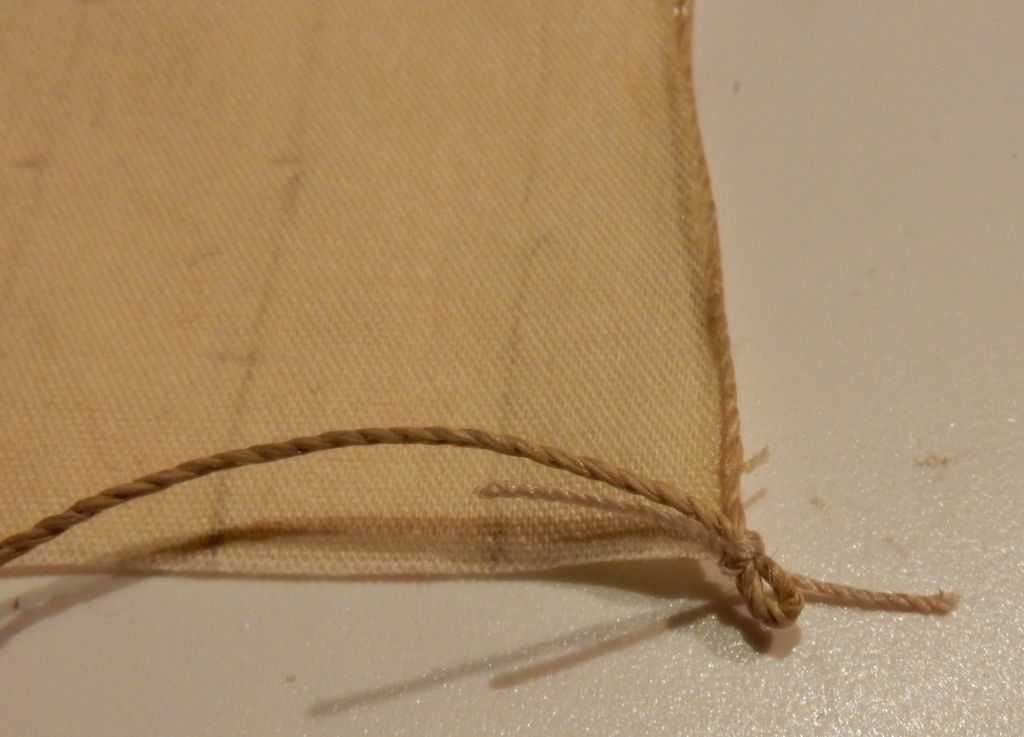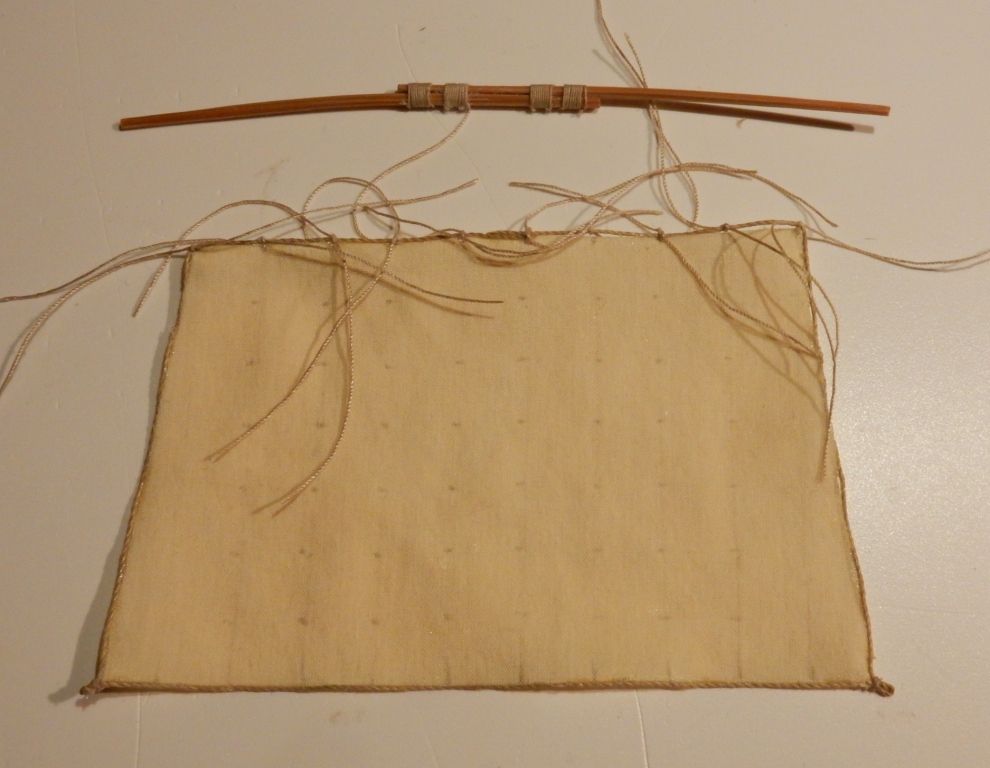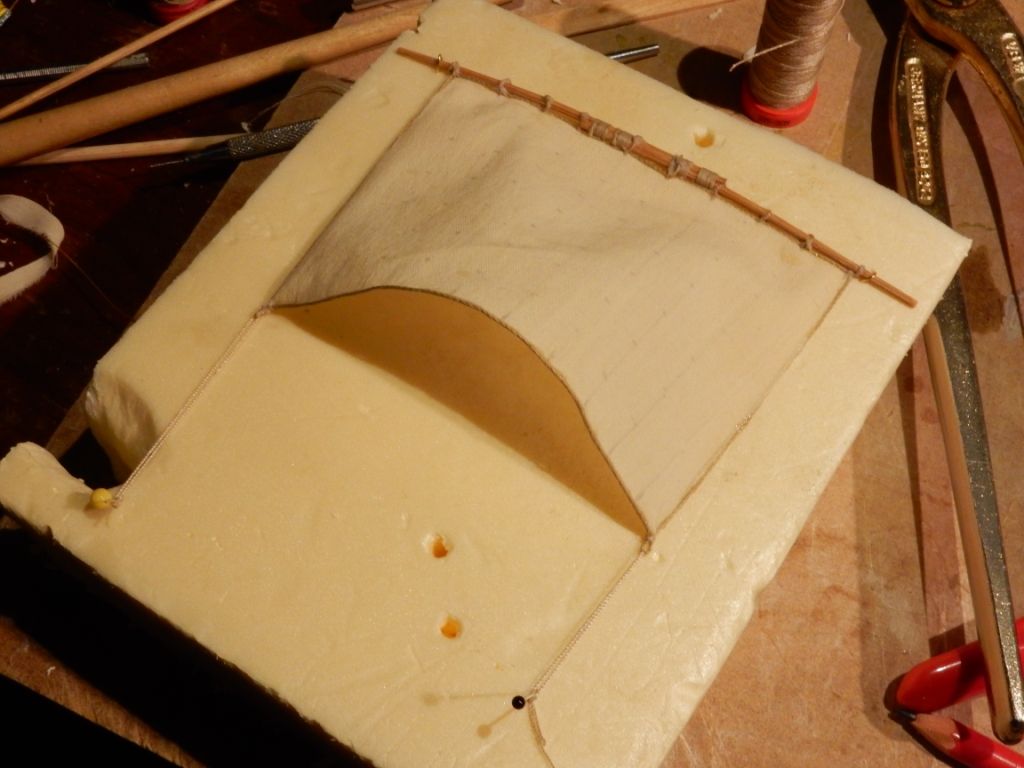
The ship is 1100 years older than my subject! But the hull structure does not differ much from the classical period.

It is interesting to notice the differences with later ships:
1) A wooden boom along the foot of the sail
2) The high suspending of the steering oars with the top serving as a counter weight to the oar blade
3) A high mast top for several cable-lifts one above the other
All of these features find their origin in Egyptian shipbuilding.
For the Tyre project I will change these bronze age items into iron age ones to correct the historical image of the model.
A scale replica:

Building a boat for the gaming table is easyer because no proper hull is needed. A flat piece of plywood makes a strong and simple base to start with.
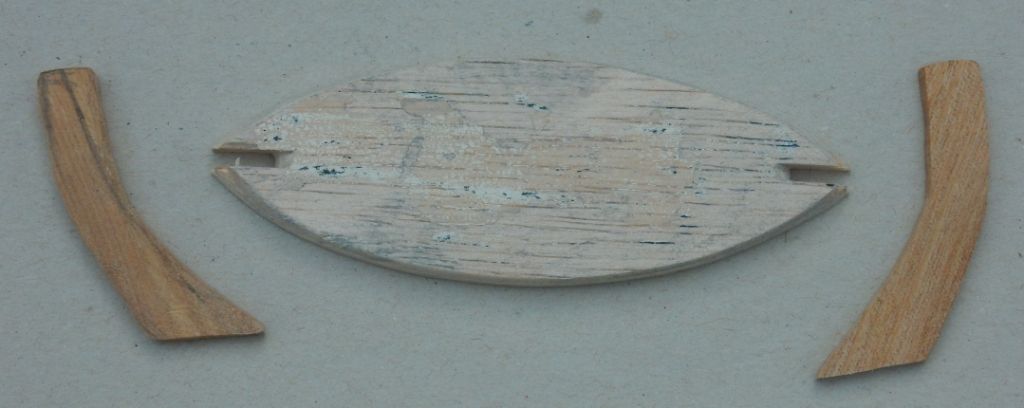
For heavy, strong curved parts like stem and stern I use very hard wood that does not break easy. I do not saw these but cut them with a knive in shape.

For the temporary inner frame I used a very thick balsa plywood (painted black because I found it in a trashcan.)
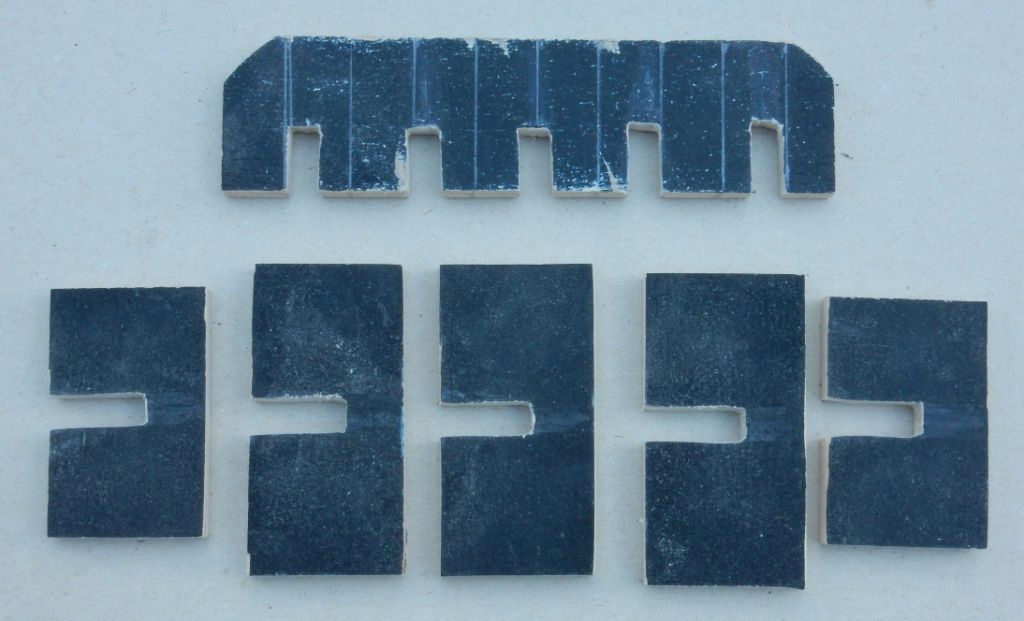
My other, first boat had a very thin plywood frame but the advantage of the heavy one is multiple: it has more stability at the joints and its easy to drive pins into the sides to hold the hull boards in place.
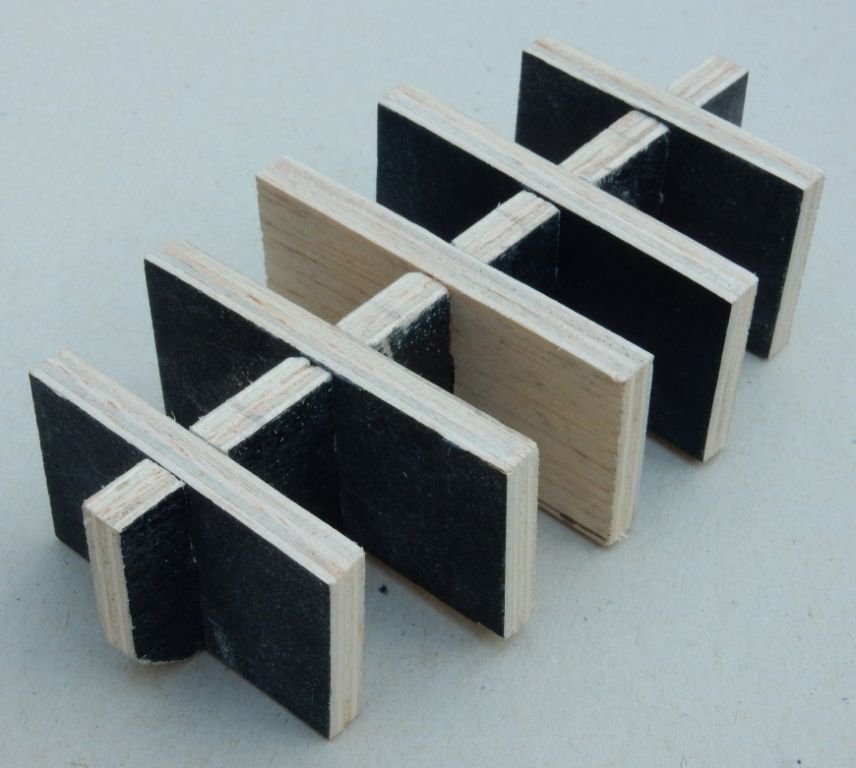
The frame is fastened to the ships base by a few drops of white glue only, so it can easily be removed after the hull is ready.
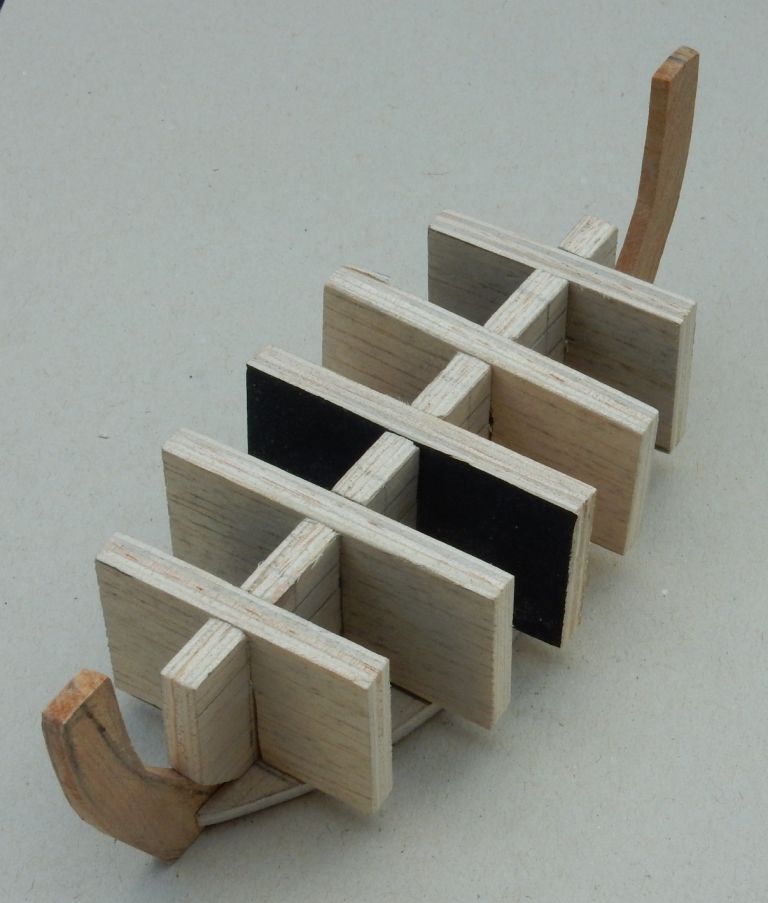
The frame is sanded into the right shape.
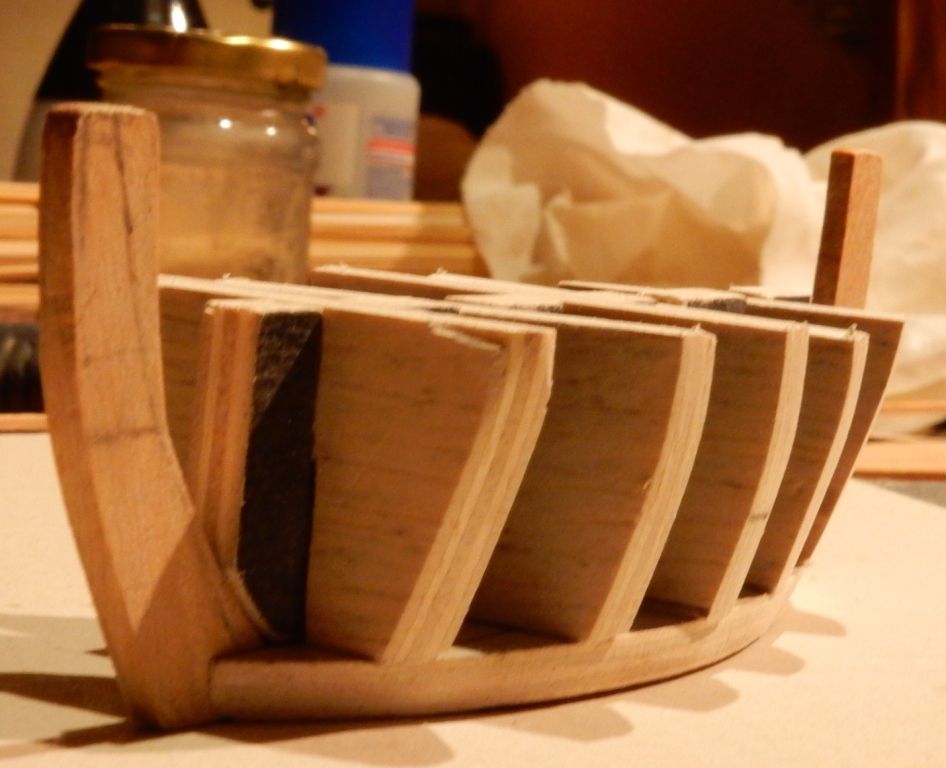
For hull boards a relatively thick wood is used so the shape of the hull can be corrected later on by sanding.
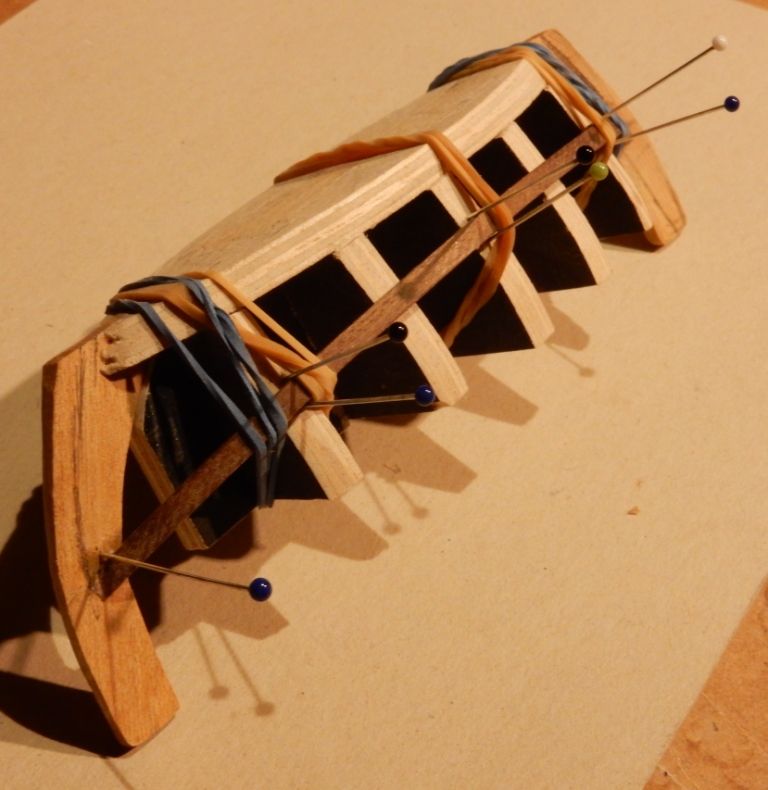
The boards are glued to stem and stern only. Thats why the pins are needed, to keep them in position.
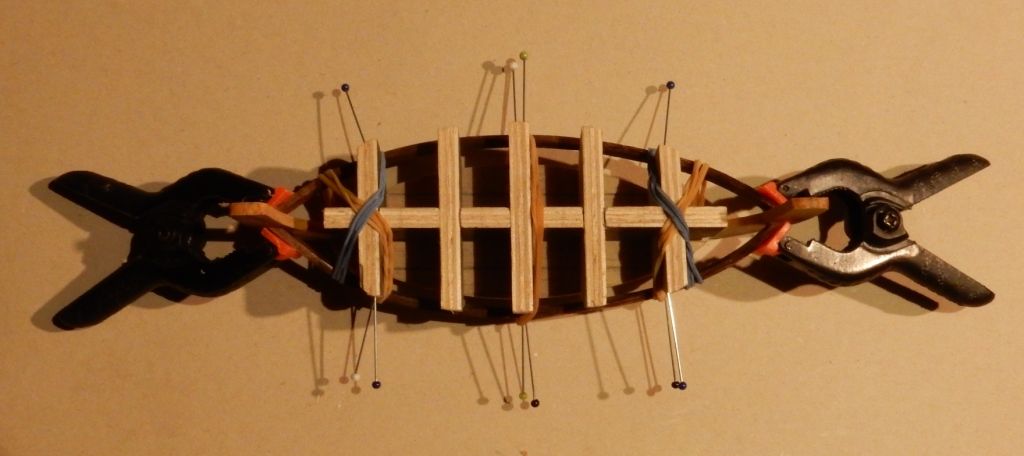
The way of building is just like the ancients did it: hull first, the inner ribs will be added later on. So at this stage the hull boards have to be glued onto the other.
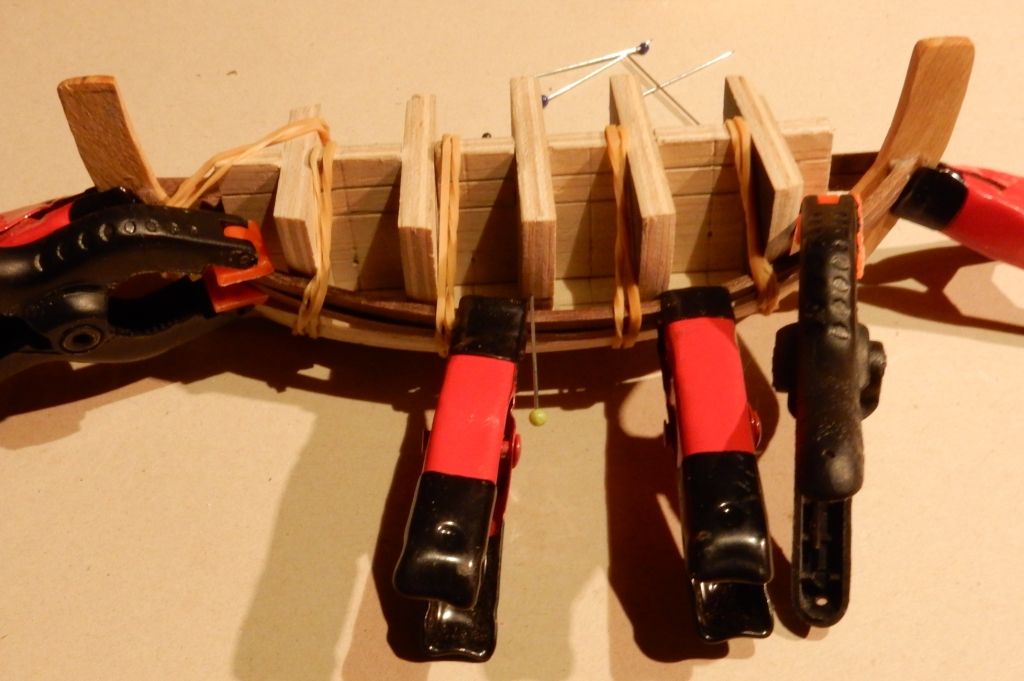
I have to be carefull all the time not to glue the boards accidentally to the frame because this will destroy the hull when removing the frame.

To the contrary to ancient boatbuilding and also to modern modelkit plans, because of my flat bottom, I started with attaching top boards first and ended up with lower boards last. This picture makes clear why:
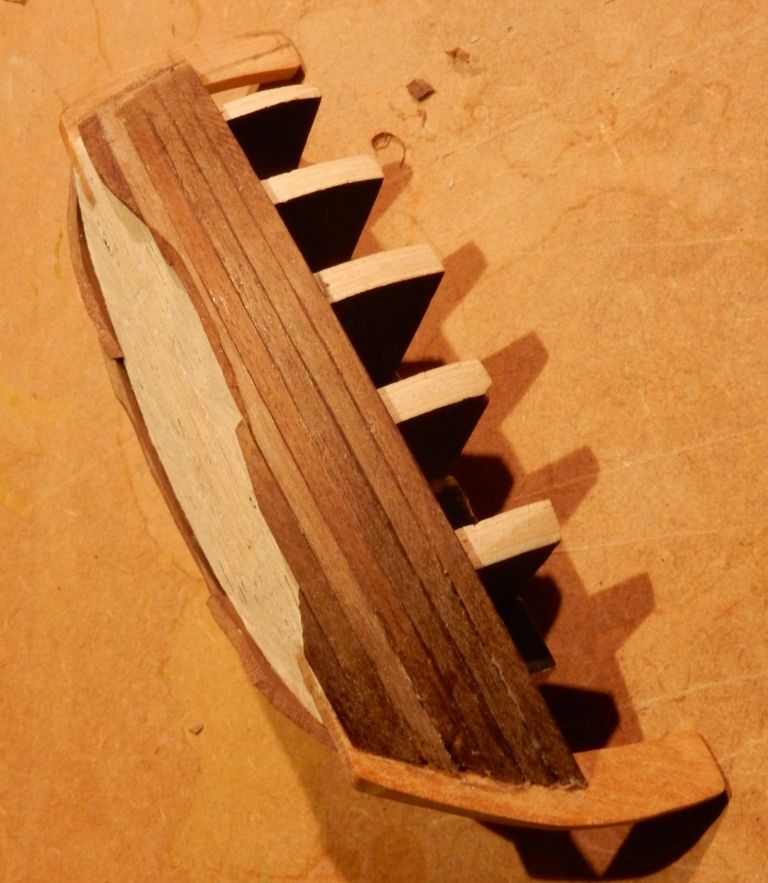
At both ends the hull appeared to have deviations when it was finished. To correct this I added a second layer of boards over the hull and sanded them into the right shape.
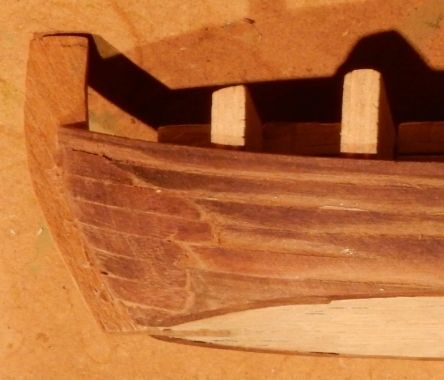
Regrettably this will be seen for ever in the copies of the hull too, because mold and casting will show every detail.
The inside of the hull is very raw and has to be sanded with a grinding machine.
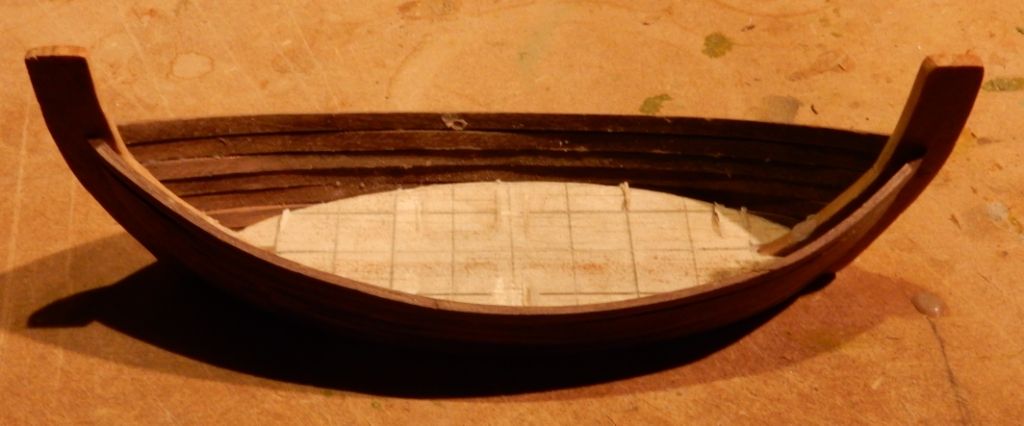
Top boards, inner and outer ribs are added.
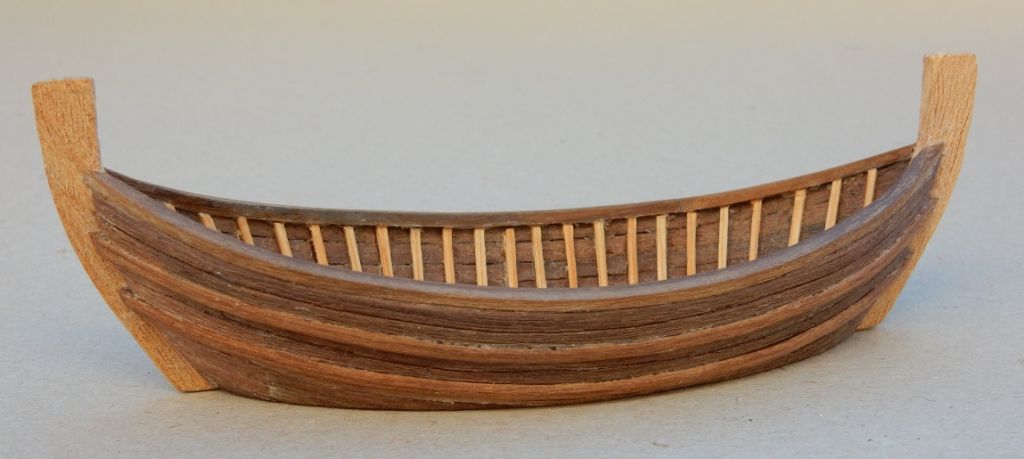
A bottom deck and a mast foot: both of these are concessions to reality because of the flat bottom.
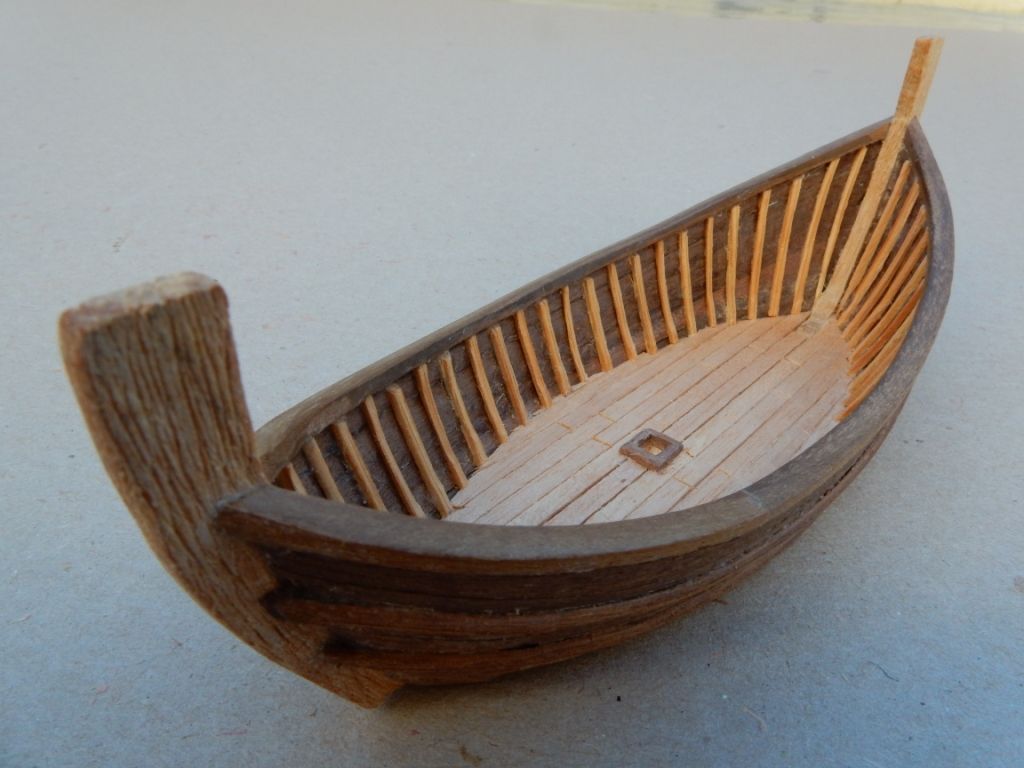
Because of intensive sanding the wood veins are lost so I made them again in an artificial way by scratching them into the structure of the wood. This is why the use of wood is preferred in stead of plastic or cardboard. Redoing the veins would not be necessary for a wood-only model. But my aim is to reproduce the veins in resin to make painting of the copies more easy.
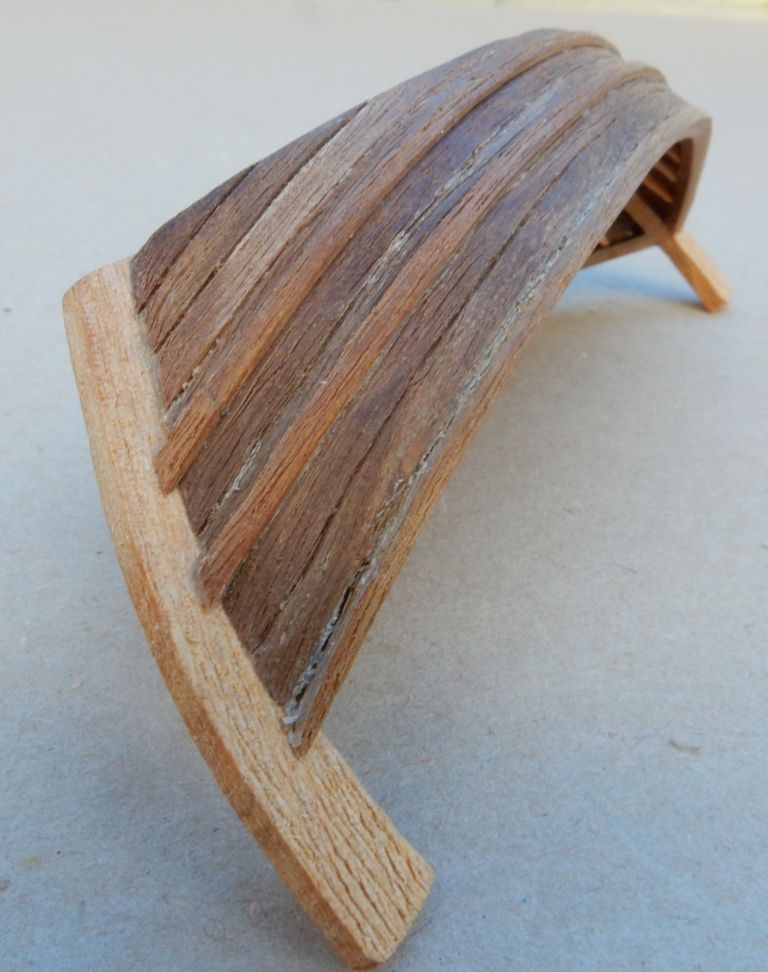
Making front and aft deck separate from the hull to make casting possible
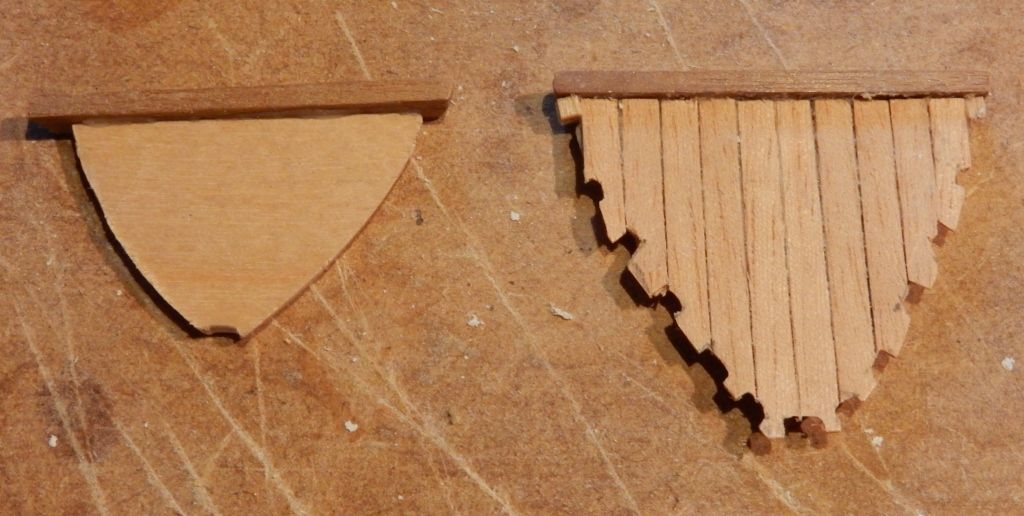
Because of the ribs in the hull this is a very difficult task that needs lots of corrections. I finally need putty to fix the shape and fill the openings.
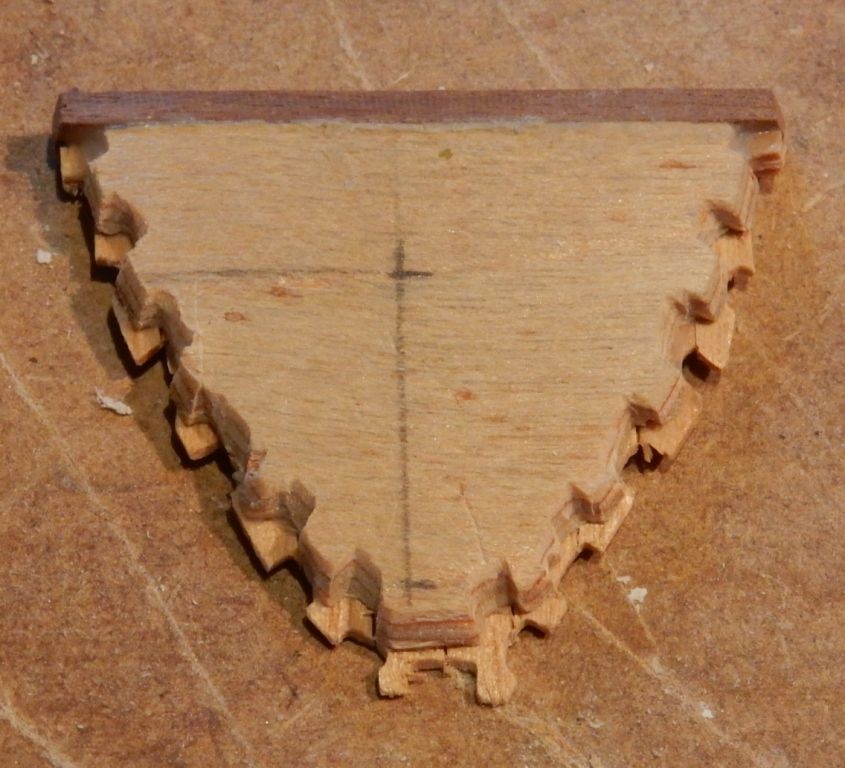
If the decks should have been casted together with the hull there will be to large undercuttings: or massive resin blocks costing a lot of sesin and leaving no open space under those decks.
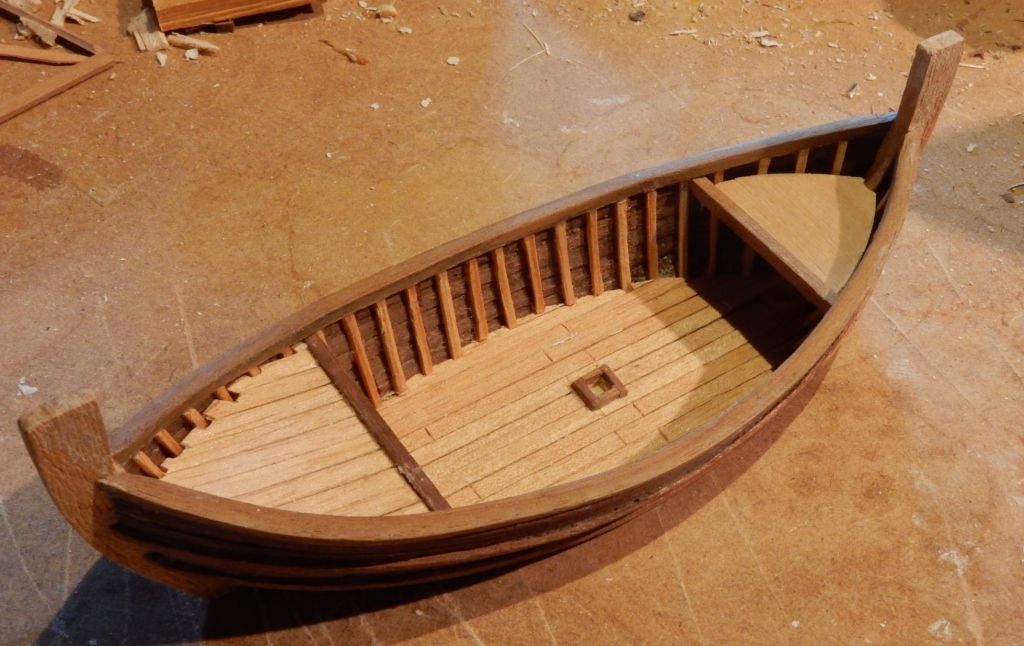
to be continued...


 Supporting Business
Supporting Business
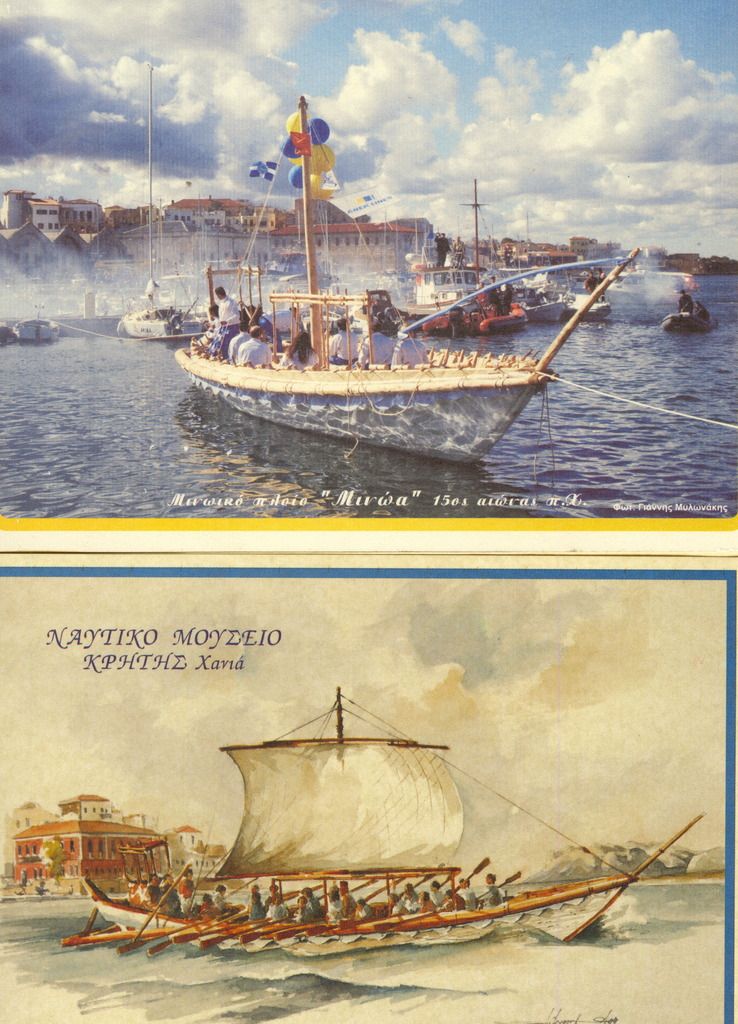


 Moderator
Moderator


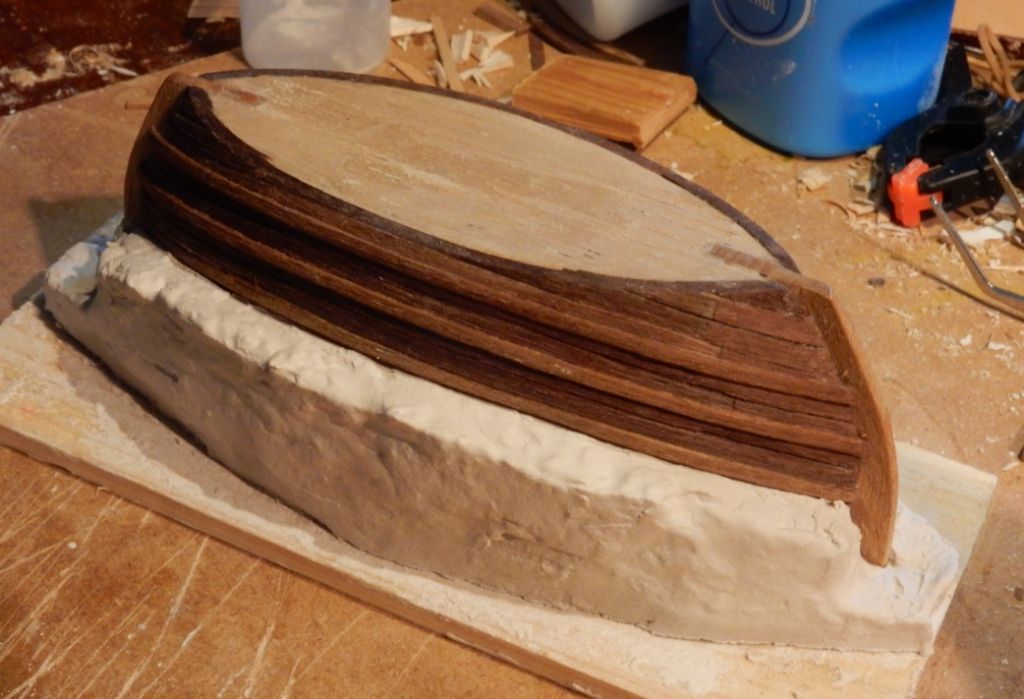
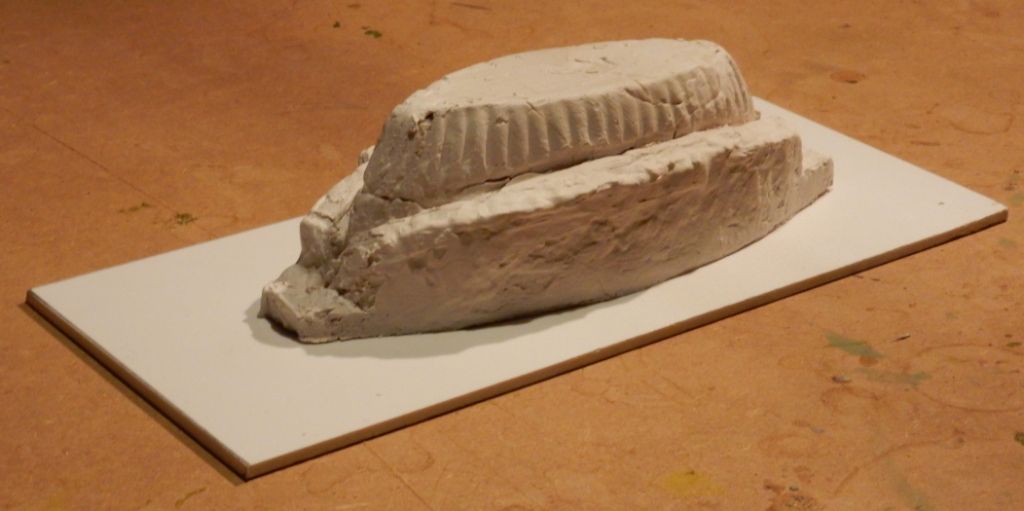
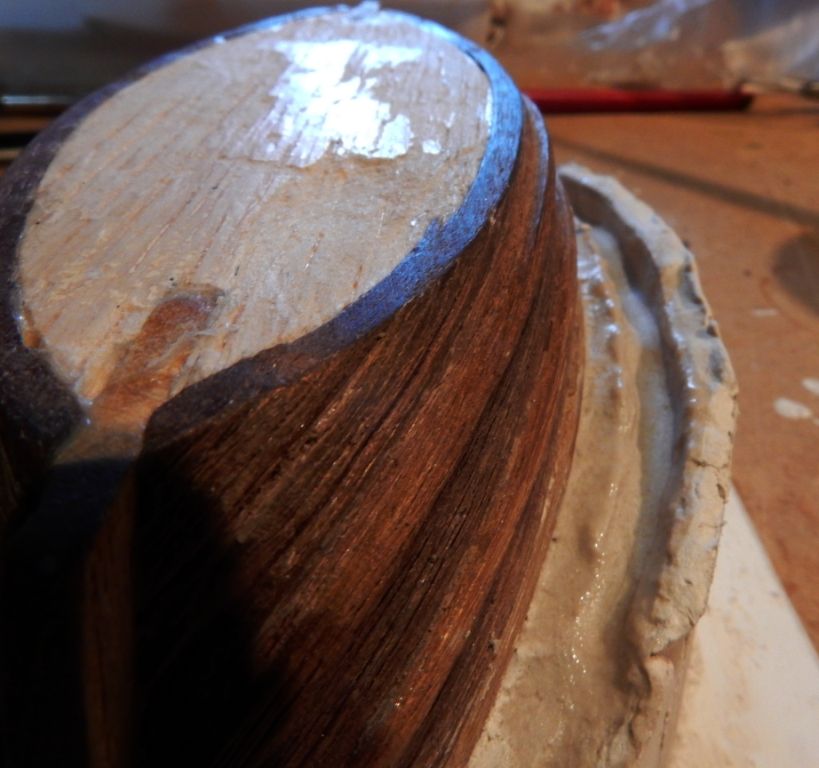
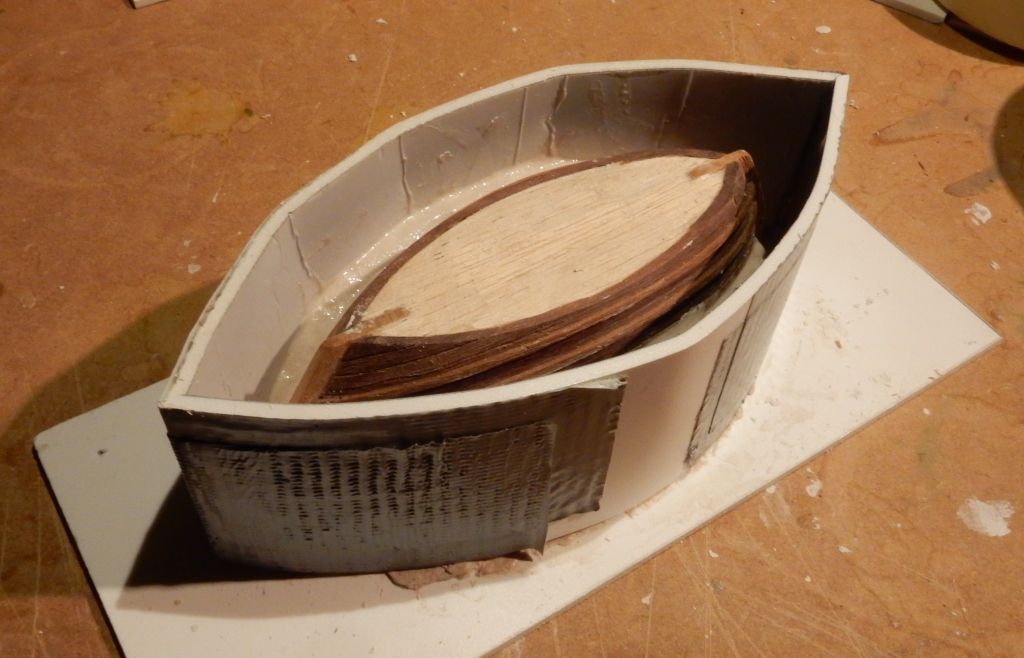
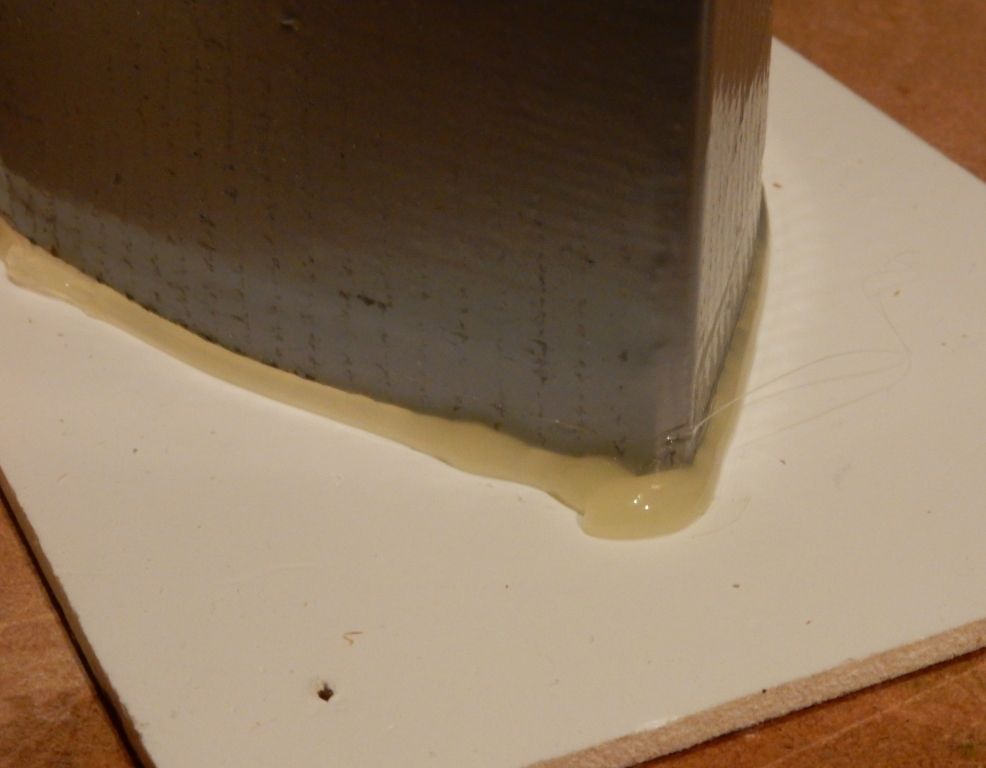
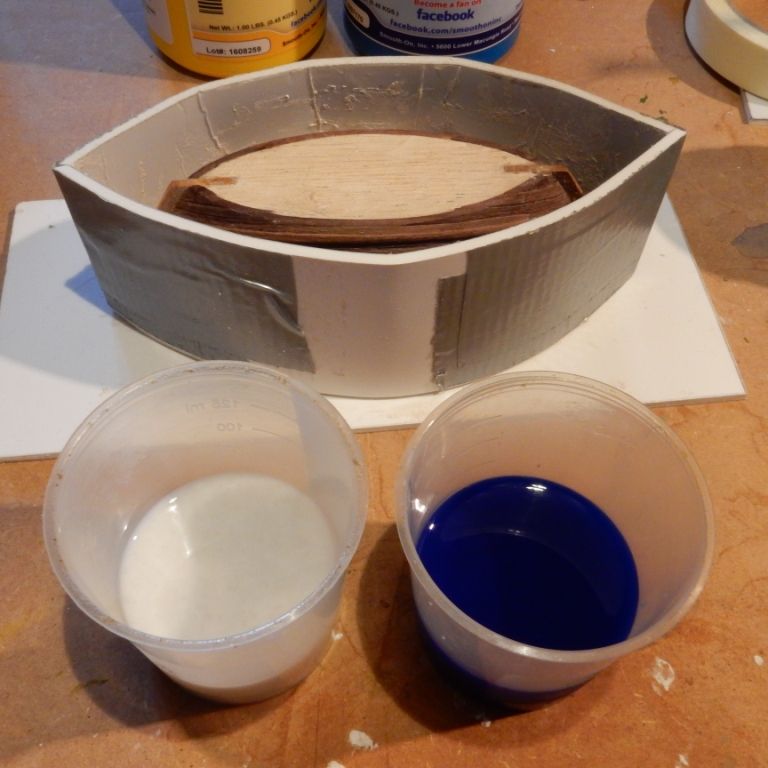
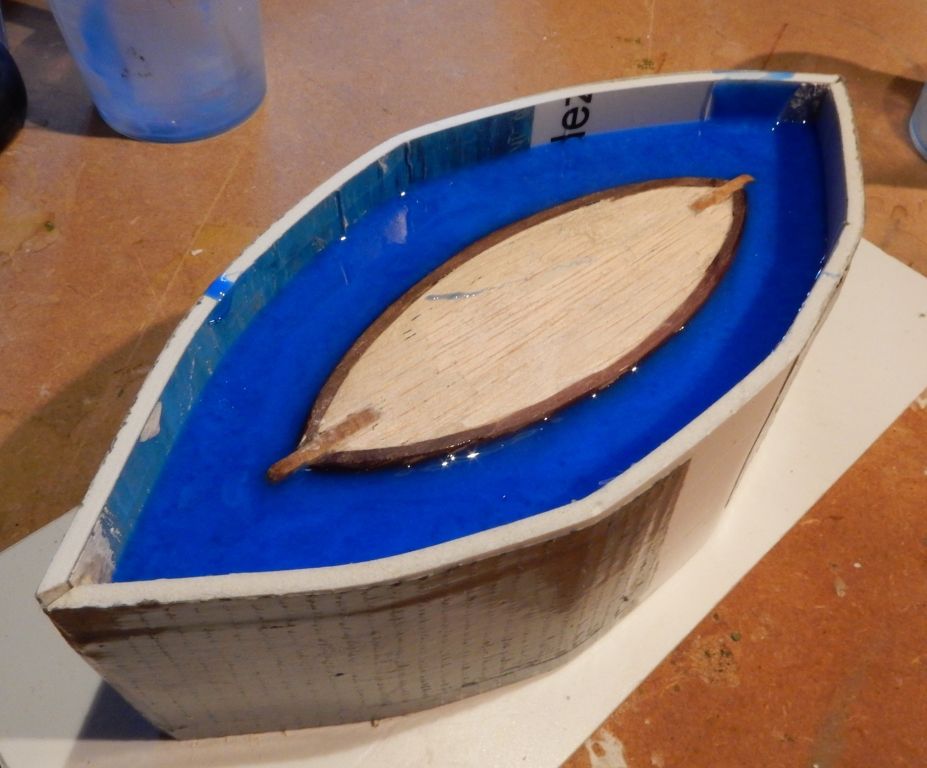
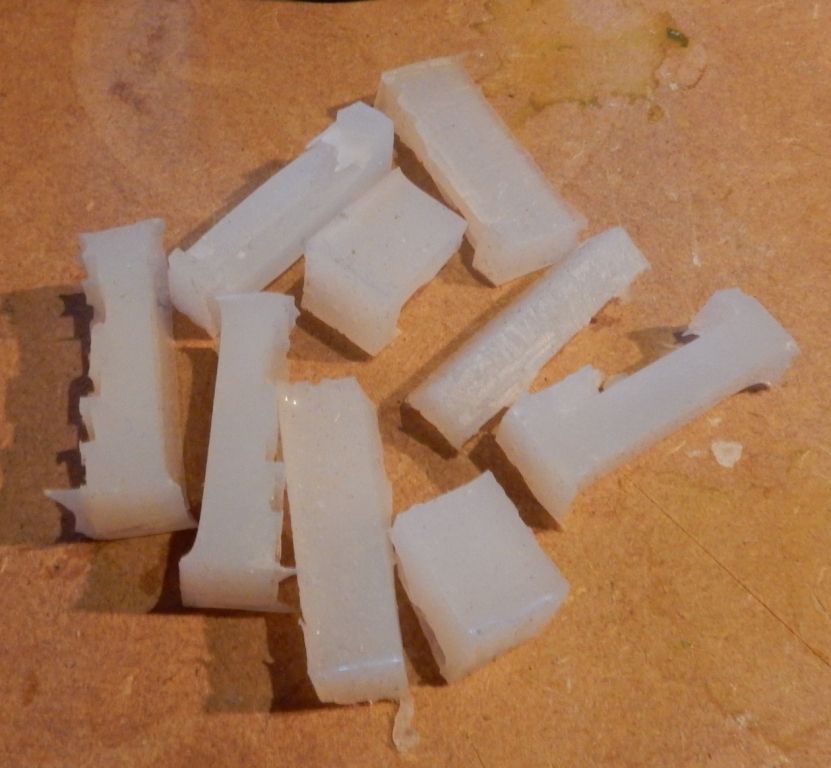
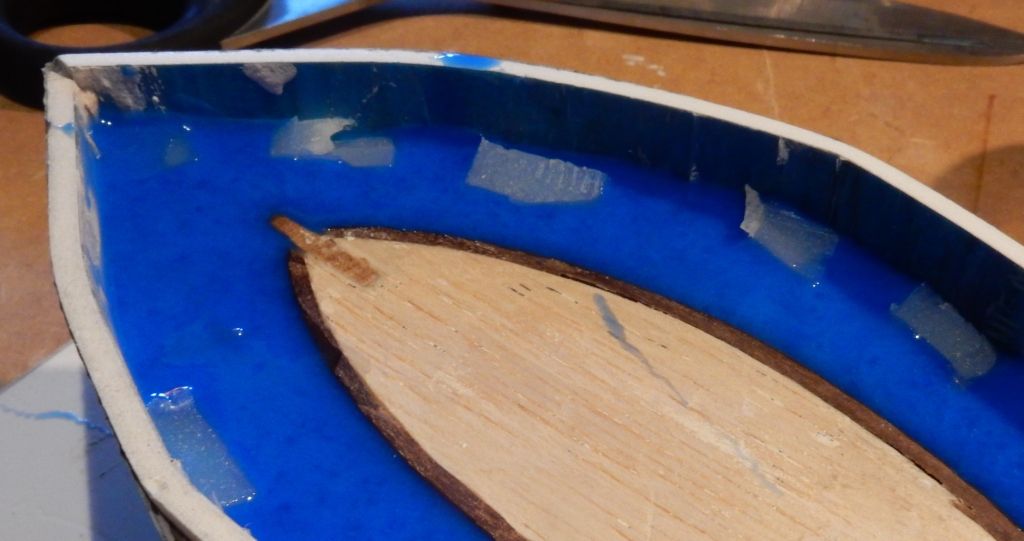
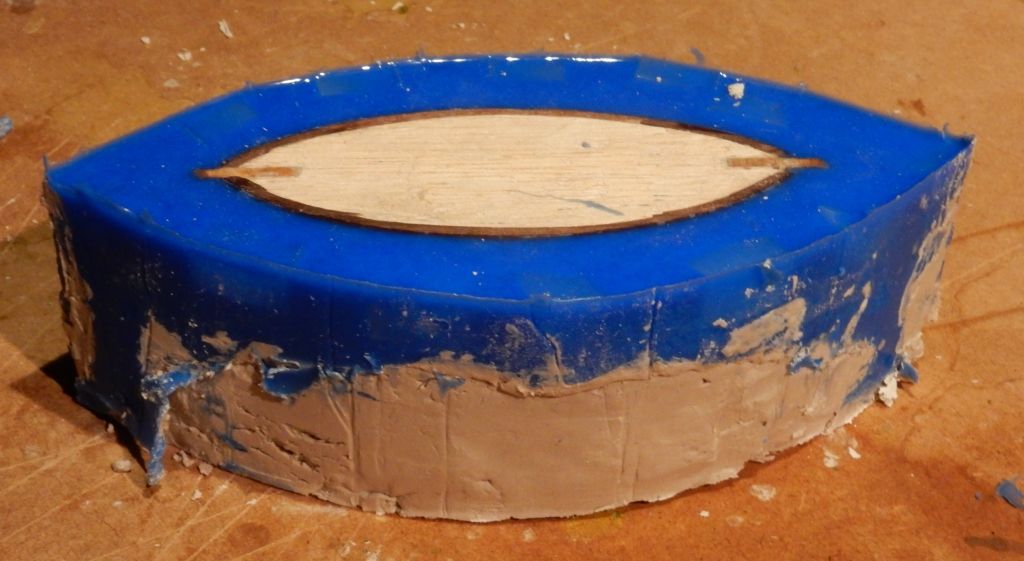
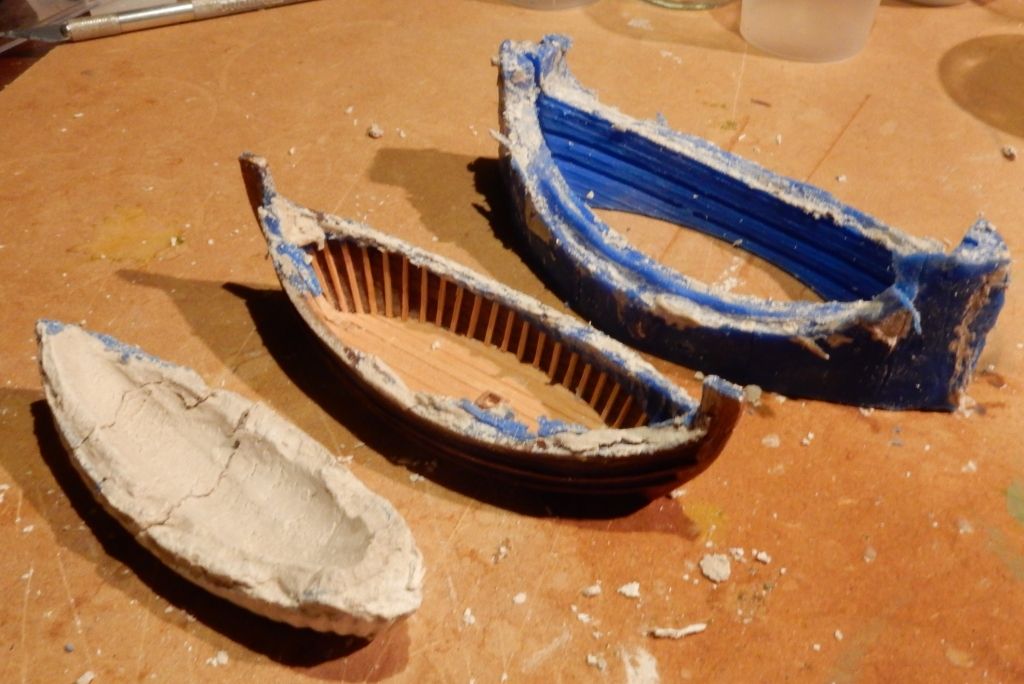
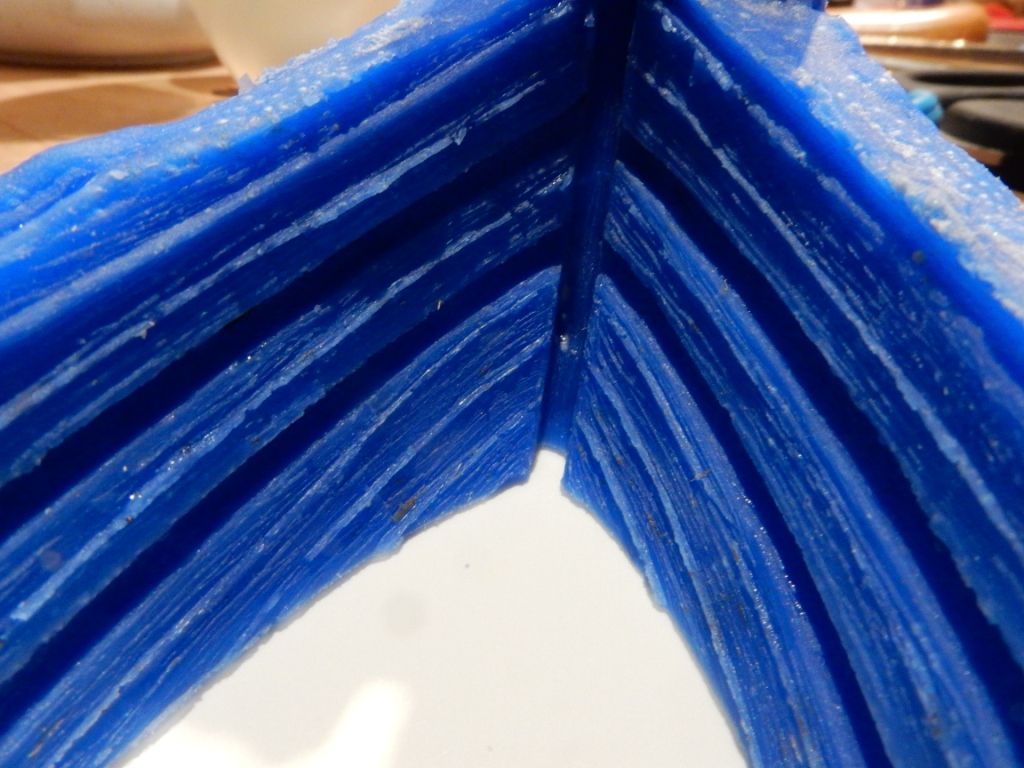
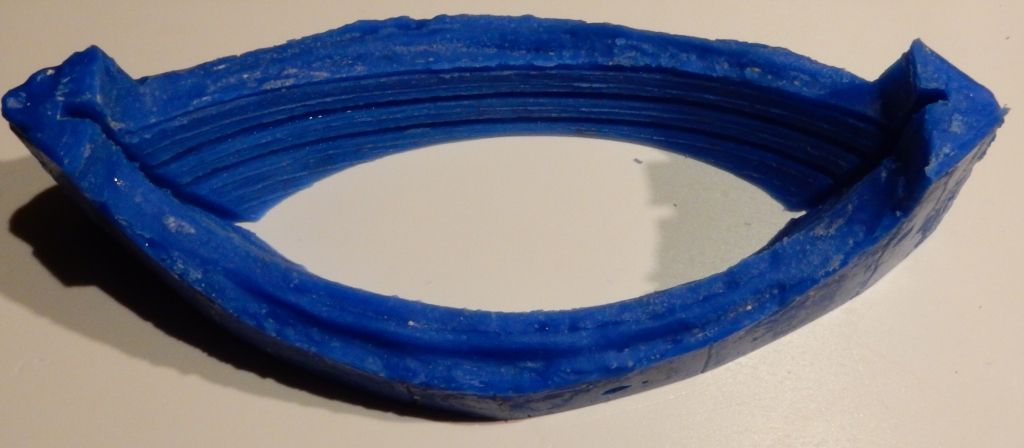

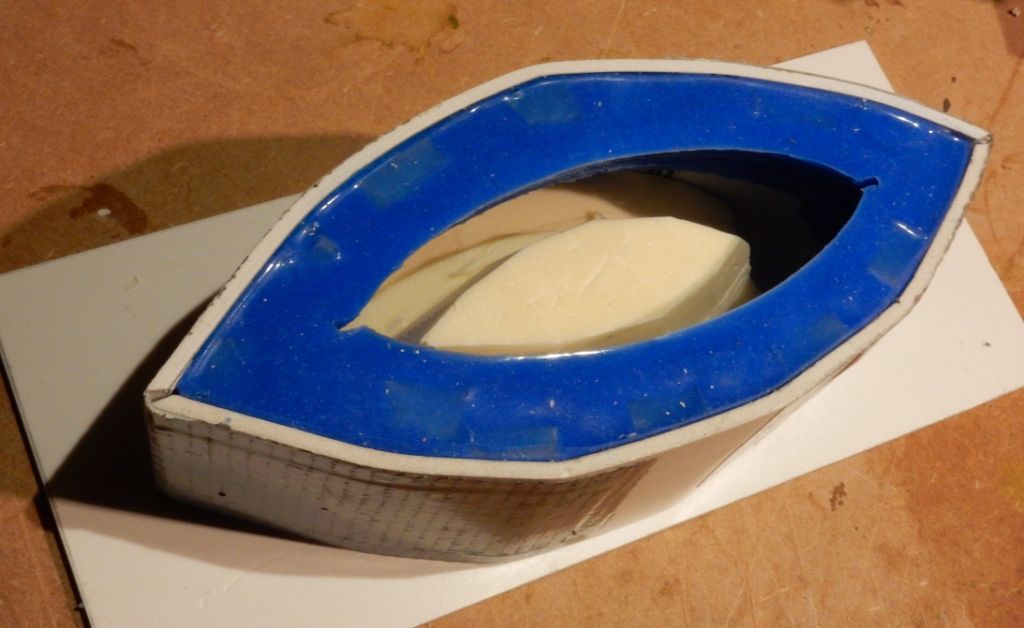

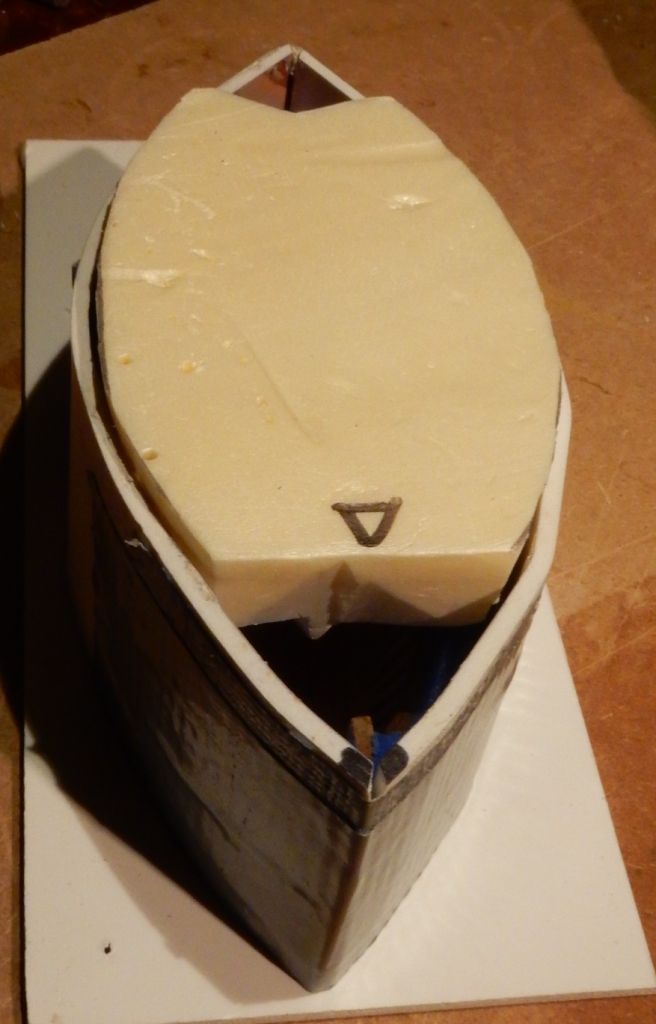
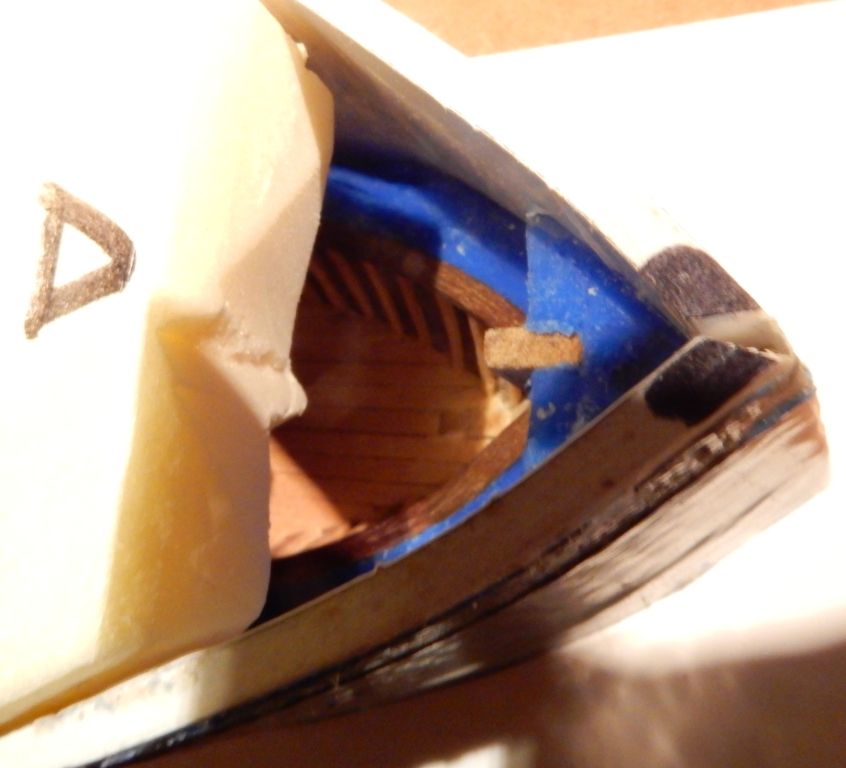
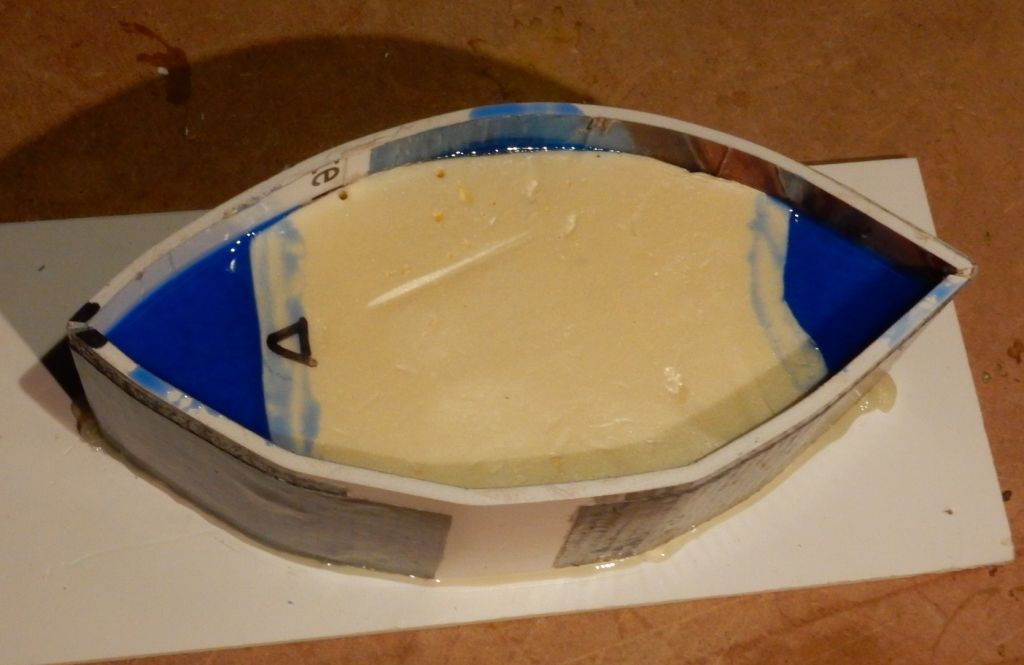

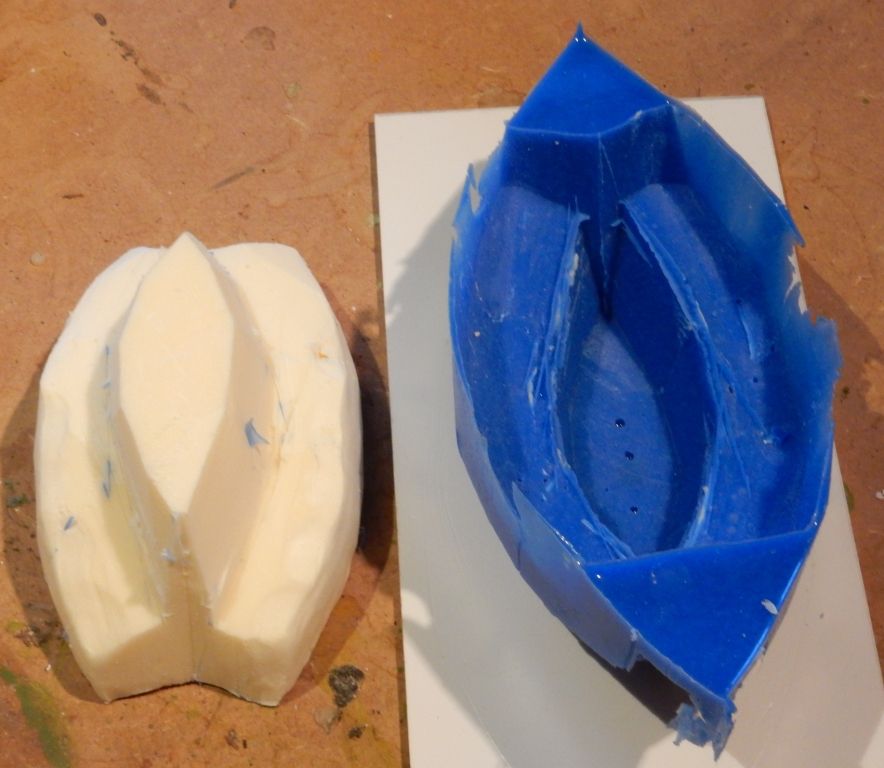
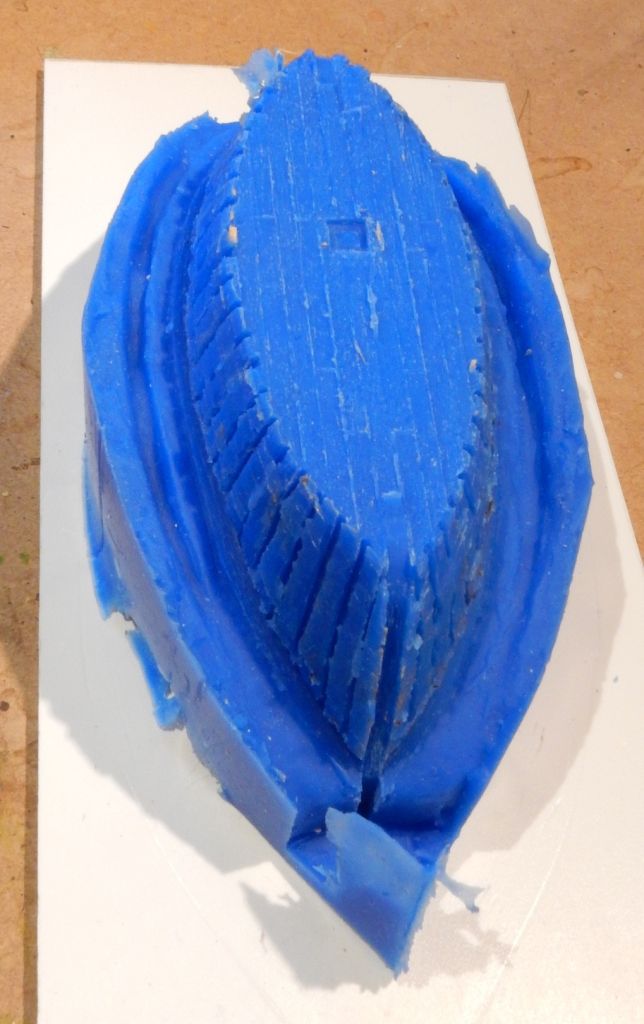
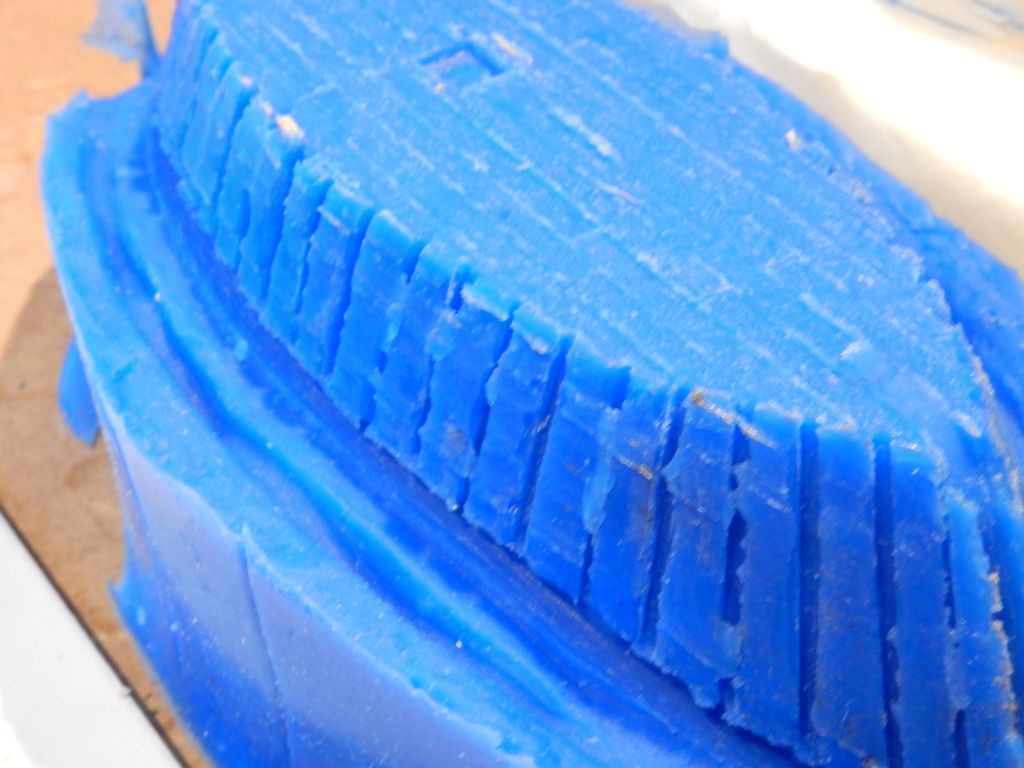

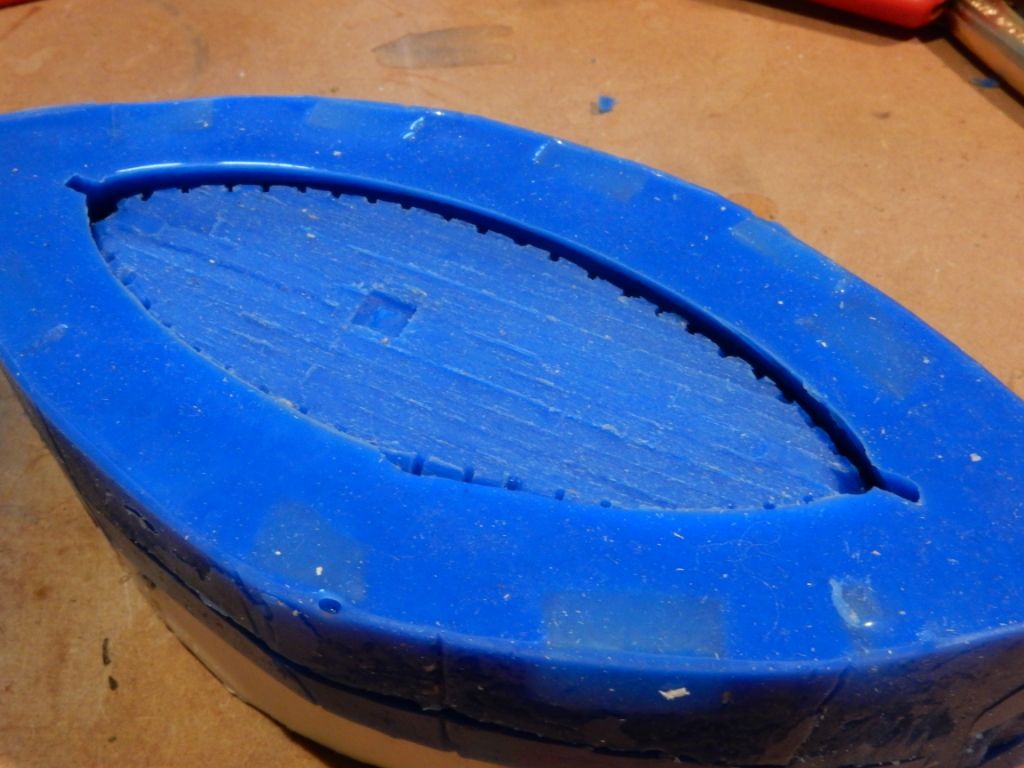
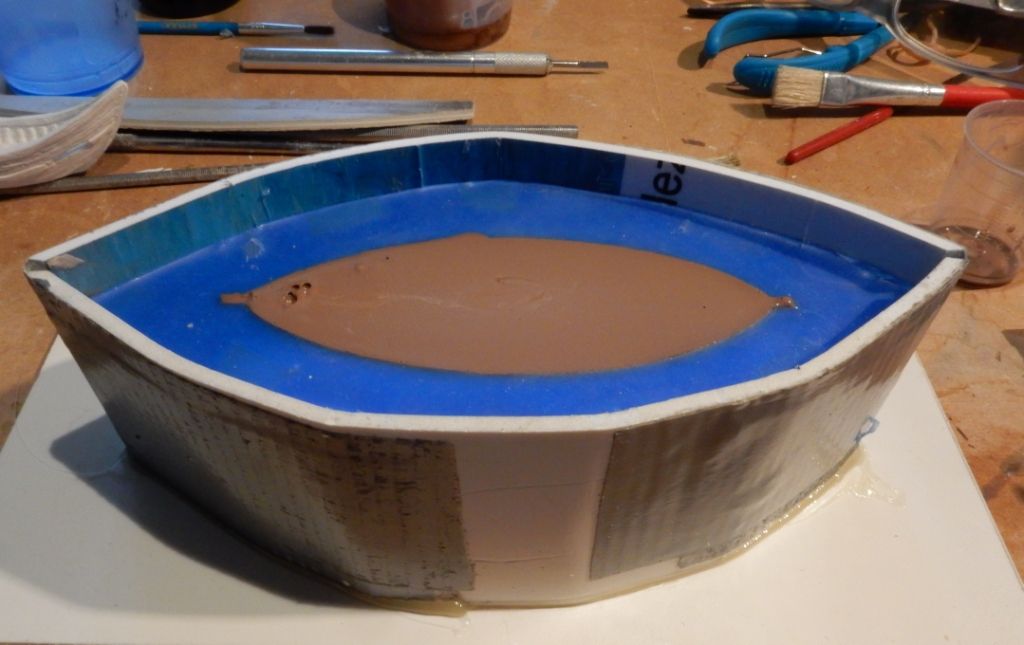
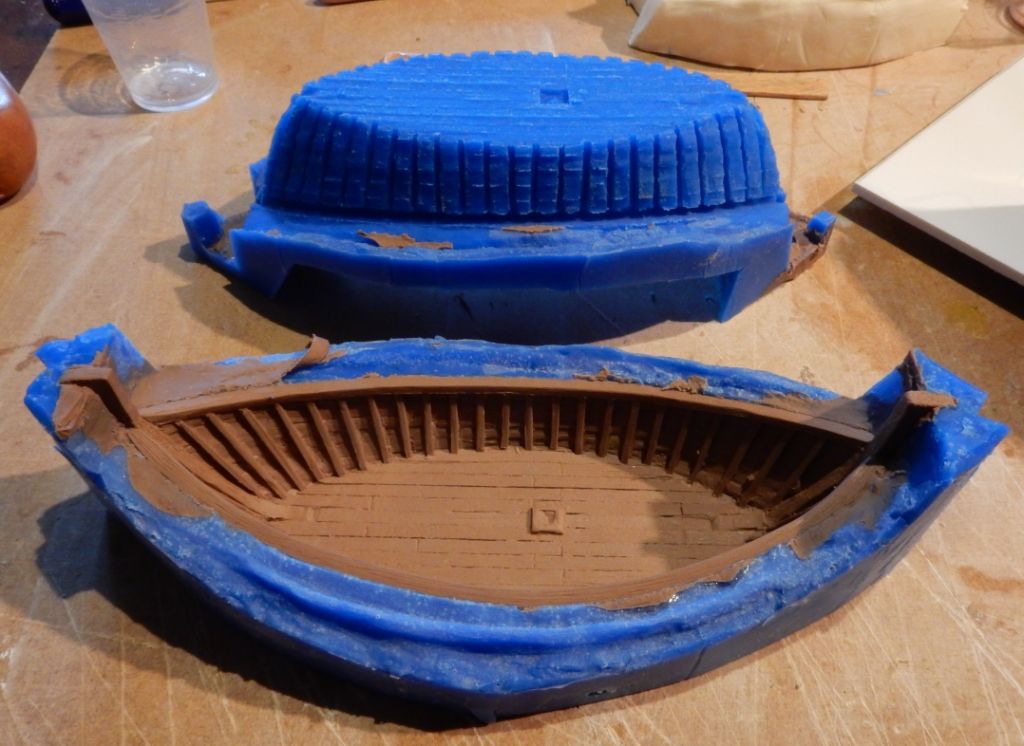
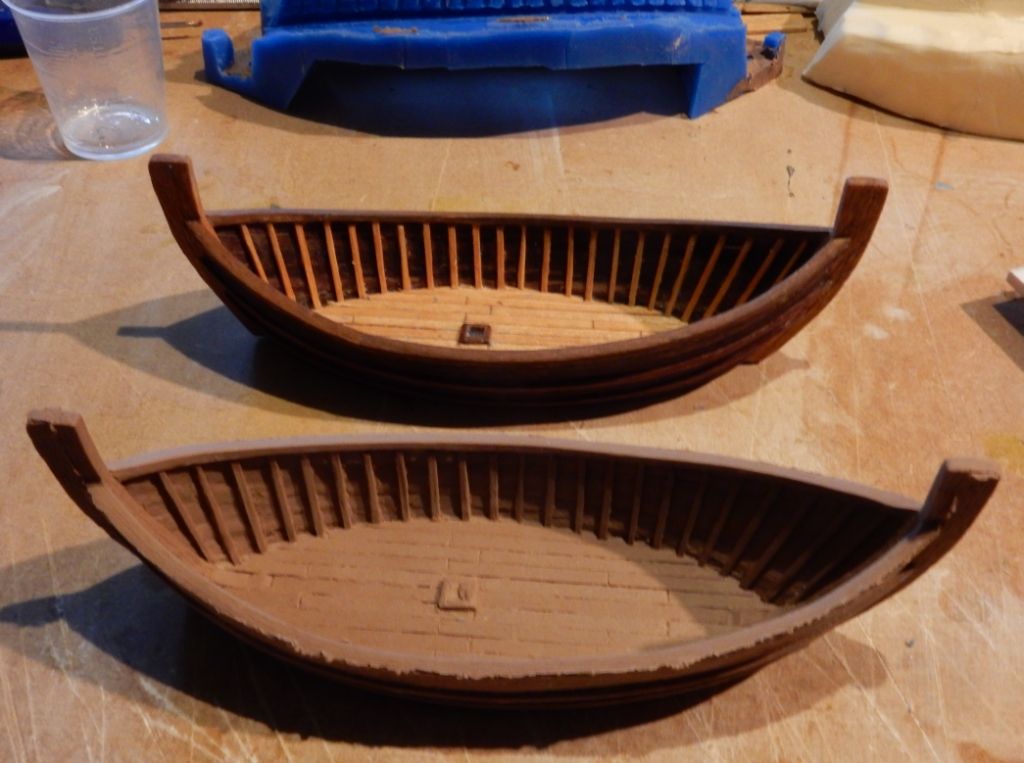
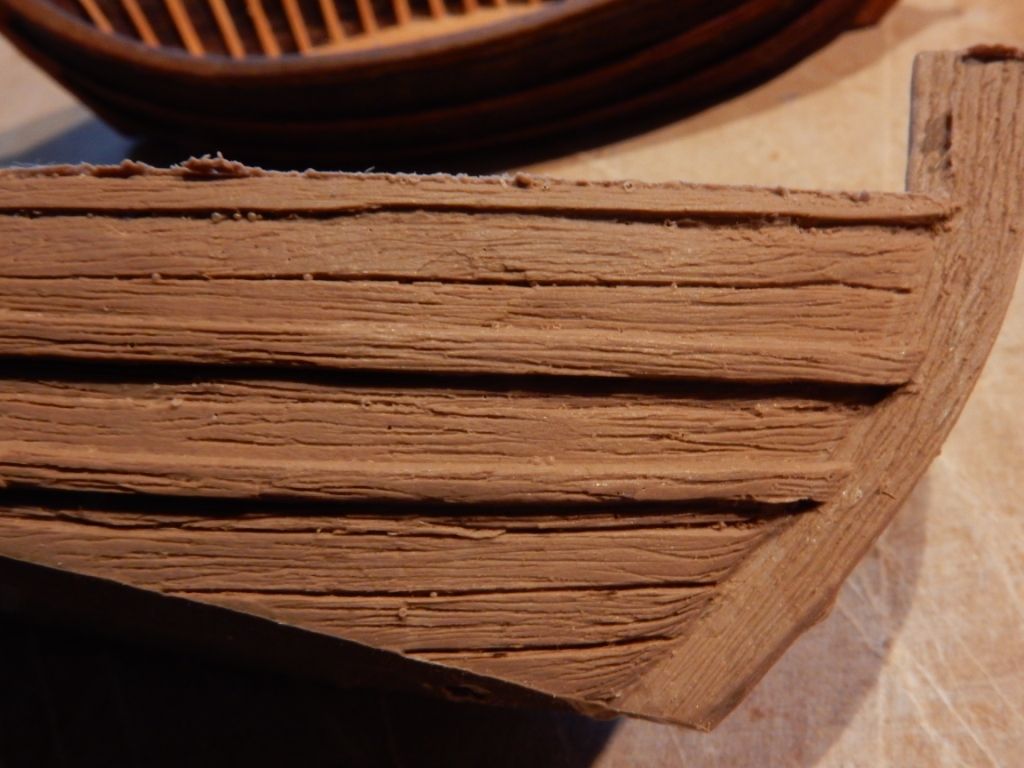
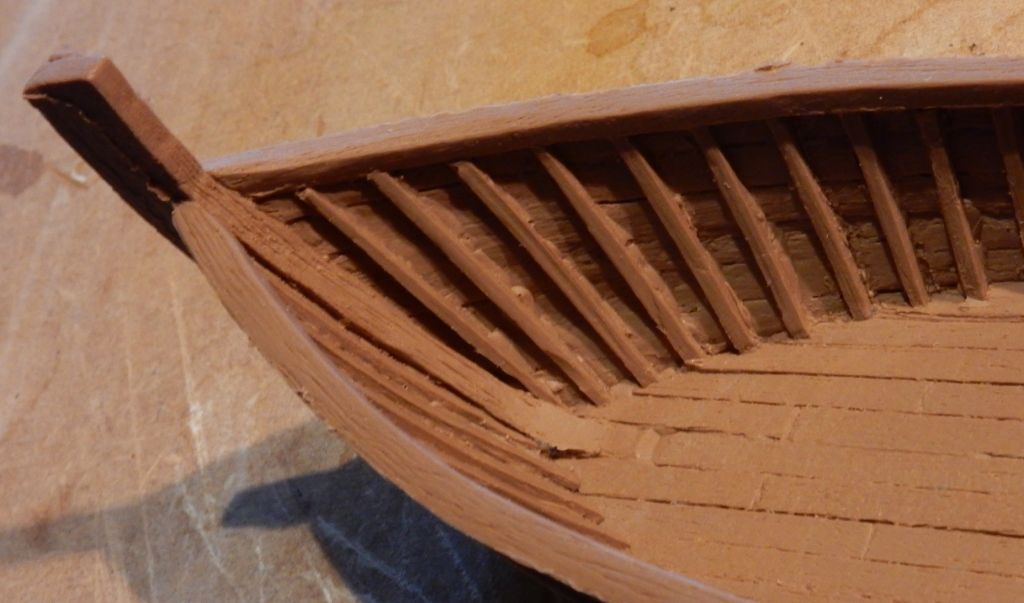

 I really enjoy following your work Mr.Cryns, even though it's not my subject. Just one question if you don't mind...Do you find some time to sleep every now and then?
I really enjoy following your work Mr.Cryns, even though it's not my subject. Just one question if you don't mind...Do you find some time to sleep every now and then? 

